ORPHANAGES
The orphan journey of IHH began with the occupation of Afghanistan. The invasion, during which the United States targeted civilians, left behind hundreds of orphans. Orphaned children who fled to Pakistan along with refugees escaping the occupation became targets for human traffickers. IHH, which was already conducting operations in Pakistan, decided to find a permanent solution for these orphaned children. This blessed journey, bearing fruit as orphanages, continues today in 9 countries with 44 orphanages.
- What is the importance of an orphanage?
Orphanages, which serve a strategic purpose rather than providing shelter, address the education, religion, health, social, and political issues confronting Muslims in the region, particularly children.Orphanages with various functions all over the world, such as a school for children in Somalia who cannot get an education due to the civil war, a shelter for orphans in Pakistan who want to be protected from human smugglers, and a place of freedom for children in Myanmar who want to live their culture that the state has banned.The main goal of orphanages is to support orphans who cannot afford to live on their own until they are able to stand on their own two feet, to educate them, and to prepare them for life with family affection.
AFGHANISTAN
In Afghanistan, stability remains out of reach due to wars and occupations; the national industry has nearly vanished, with almost all consumer goods imported. Around twenty percent of school-age children are deprived of education, and one doctor serves every seven thousand people. The only path to sustainable development lies in educating the youth and nurturing a valuable generation by utilizing the country’s natural resources for national benefit. However, it seems unlikely that the Afghan people can break the vicious cycle created by conflict, lack of infrastructure, illiteracy, and poverty under current conditions. For this reason, they rely on the assistance of other Muslim countries and communities.

- Istanbul-Kabul Orphanage
The Istanbul-Kabil Brotherhood Orphanage, the only IHH orphanage in Afghanistan, was established in memory of Martyrs Faruk Aktaş and Bahattin Yldz. There is a dining hall, study halls, computer laboratory, library, activity hall, administration rooms, recreation room, guest room, and playground in the building built for the two pioneers who were martyred in Afghanistan, where they went to look after the orphanage land. Many tournaments are organized for this purpose in orphanages where sports are as important as education. Boys are housed in the orphanage, where competitions in religion and science are also held.
Location Afghanistan/Kabul
Date of Opening: April 1, 2013
Number of Hosted Children: 68
BANGLADESH
Bangladesh is one of the painful places in Islamic geography. When the sufferings of Arakan have added, a terrible picture emerges in the country. IHH is trying to humanize this picture, where 10 million children live on the street, and pays special attention to orphanages.
The devastating effects of poverty in the country are perceived more in the field of education. Bangladesh is one of the poorest countries in the world, hit by poverty, epidemics, and frequent natural disasters. As the most vulnerable segment of society, orphans are the most affected by the adverse conditions in the country. The number of orphaned children is estimated to have reached 5 million. As IHH, we have been carrying out relief efforts in Bangladesh for many years, and we have 9 orphanages in the country. Our foundation also supports 15 orphanages with orphan sponsorship and periodic aid.
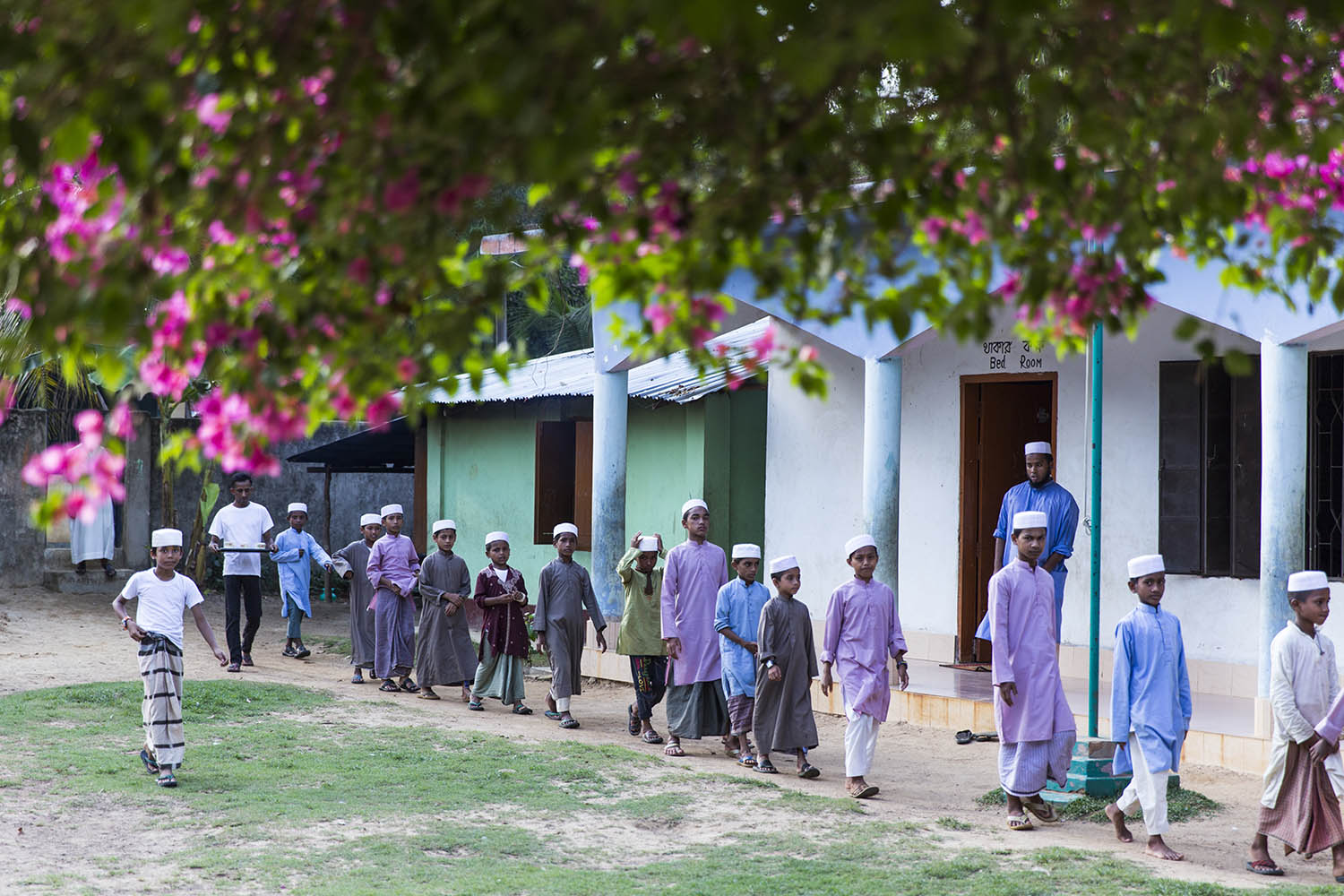
- Daru’l-Iman Orphanage
Daru'l-Iman is an orphanage established right on the border of Arakan, one of the most troubled areas in Islamic geography. It is on Bangladeshi territory and is home to Muslim children fleeing Arakan. Because of the region's problems, the orphanage serves many purposes. Boys live in the orphanage, where they receive services such as education, food, health, clothing, and socialization.
Location: Bangladesh/Cox’s Bazar (Arakan border)
Date of Opening: January 1, 2009
Number of Hosted Children: 35
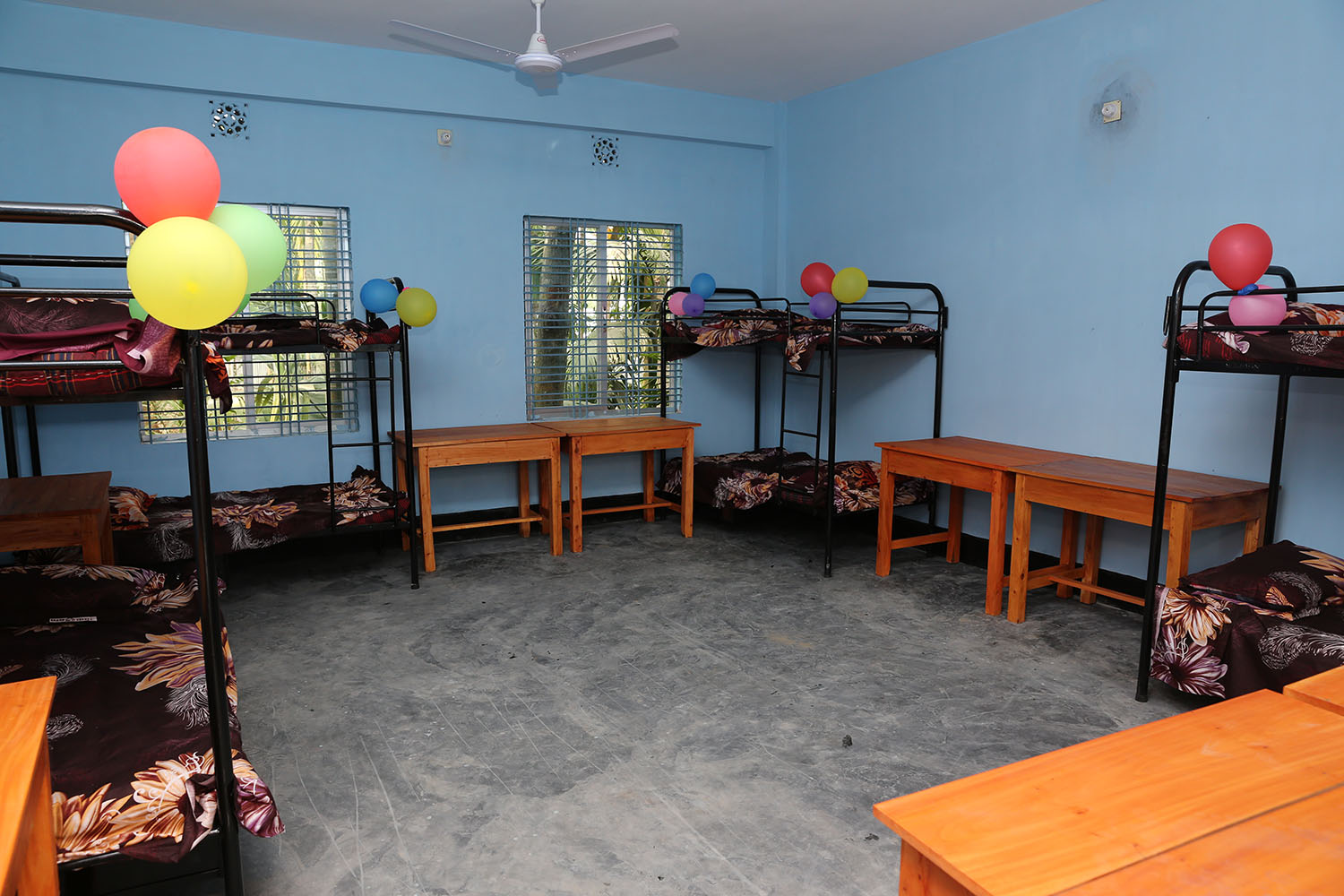
- Esma Biltaci Orphanage
Esma was the daughter of Mohammed Biltaci, a Brotherhood leader who was deposed in an Egyptian coup and sentenced to death. She was martyred in the street where the West had left to put an end to the massacre of Egypt's own children. The orphanage was built in Kurigram for Esma, who died at the age of 17. Dormitory, study rooms, administration room, library, and kitchen in the orphanage Services are provided in the orphanage where the boys stay to meet the children's educational, food, health, clothing, and social needs.
Location: Bangladesh/ Bhukdanga Purpara
Date of Opening: Nisan 2016
Number of Hosted Children: 32

- Muhammed Enes Orphanage
Muhammed Enes, a Boaziçi University student who died in a traffic accident, had a dream of establishing an orphanage. IHH made this dream a reality in Bangladesh by honoring Muhammed Enes, who was active in charity work. The Mohammed Enes Orphanage in Chandpur includes a dormitory, study rooms, an administration room, and a kitchen. Services for education, food, health, clothing, and social needs are provided in the orphanage where boys are housed.
Location: Bangladesh/Dhonarpar
Date of Opening: April 2016
Number of Hosted Children: 32
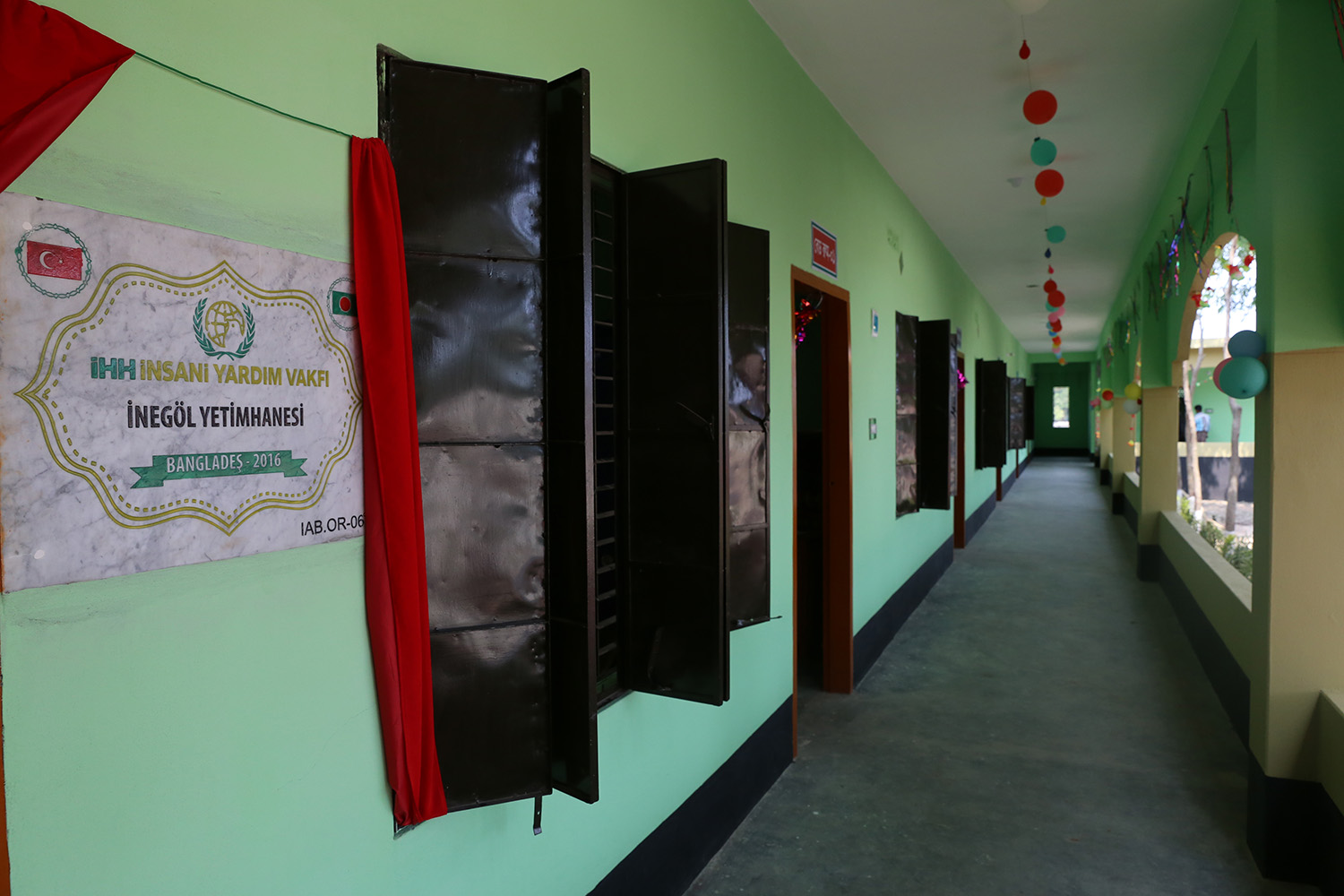
- İnegöl Orphanage
Bursa negöl Orphanage, which began construction in February 2015, was completed shortly and put into service. Intensive trainings are provided for the children to stand on their own feet in the orphanage, which aims to raise conscious Muslims rather than being a shelter for orphans. The orphanage has a dormitory, study rooms, an administration room, and a kitchen. Services are provided in the orphanage for boys to meet the children's educational, food, health, clothing, and social needs.
Location: Bangladesh/Shyamnagar
Date of Opening: April 2016
Number of Hosted Children: 32
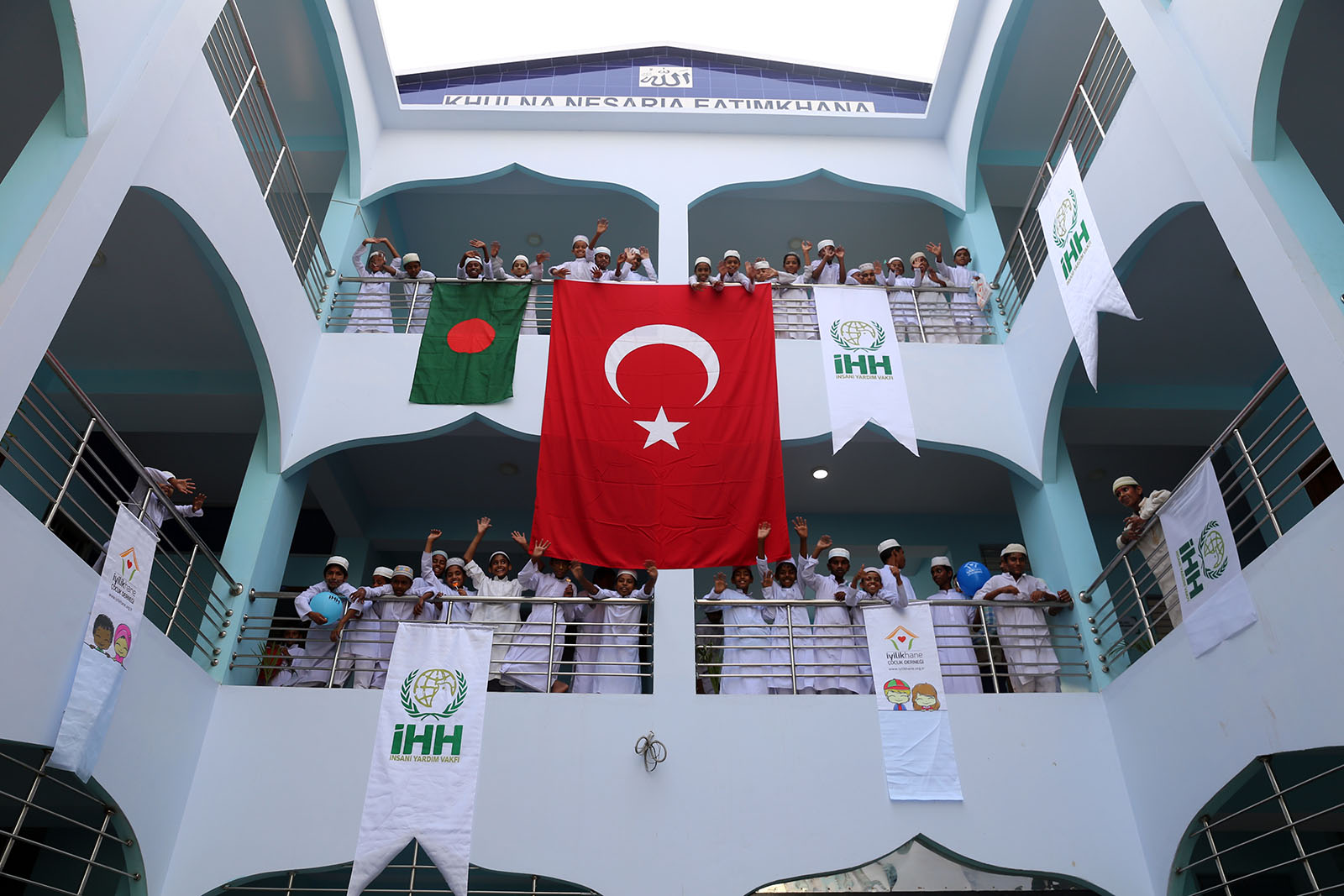
- İyilikhane Orphanage
The orphanage, which opened with the help of the Iyilikhane Children's Association, currently houses 100 Bangladeshi orphans. The orphanage, which has a capacity of 170 people, will house 70 more orphans. With 32 rooms, the building is IHH's largest orphanage in Bangladesh and the organization's tenth in the region. The orphanage also has classrooms, an infirmary, a kitchen, a game room, a conference hall, a laundry, teachers' rooms, and a library in addition to the bedrooms.
Location: Bangladesh/Khulna
Açılış tarihi: April 2, 2018
Number of Hosted Children: 90
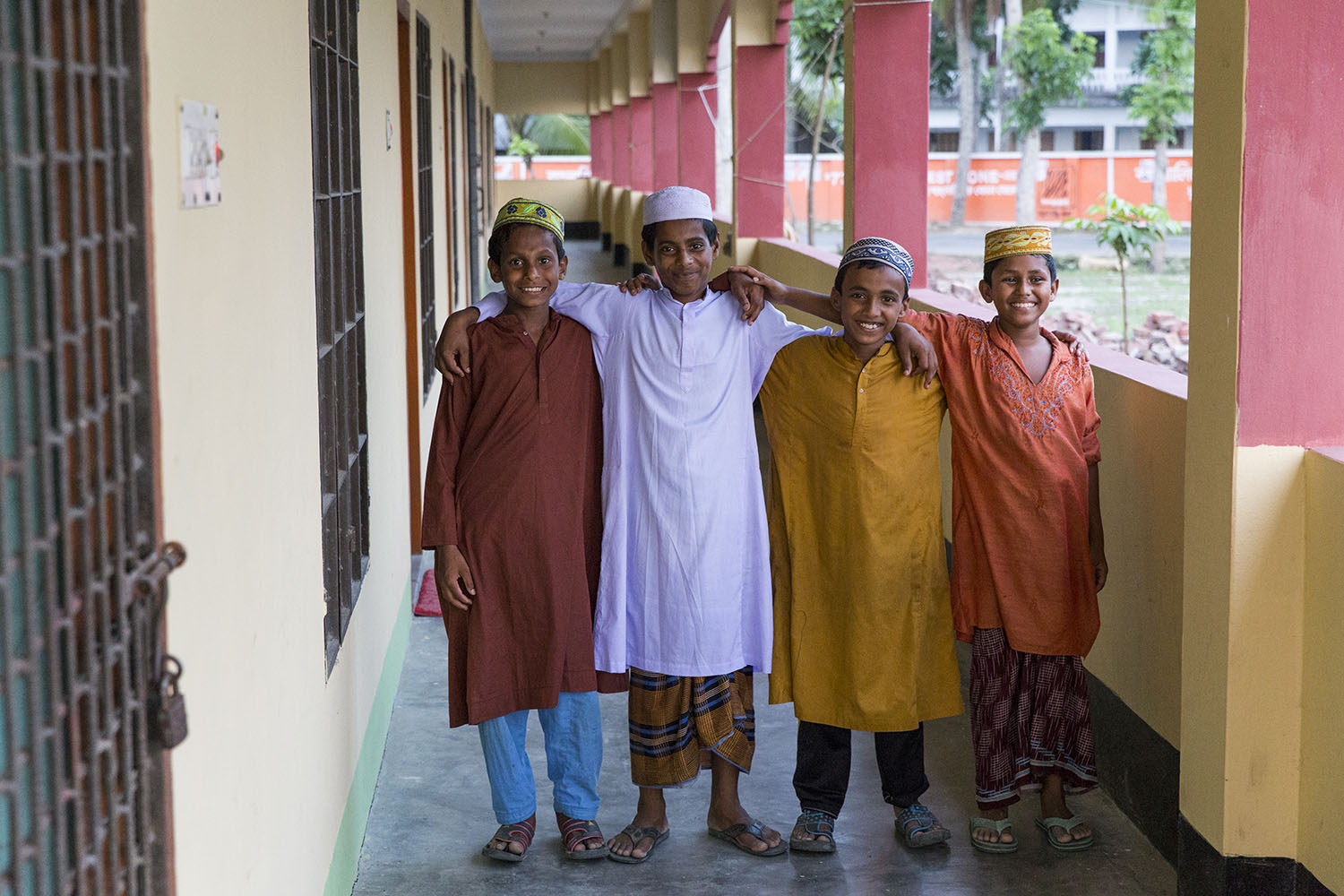
- Togra Orphanage
Bangladesh has approximately 4 million orphans, which is frequently on the agenda due to economic inadequacies and poor policies. IHH is particularly concerned about orphans in the region, recognizing the gravity of the situation. Togra Orphanage, one of the outcomes of this interest, houses 60 orphans.
IHH rebuilt the orphanage, which was damaged in the region's flood disaster. Services are provided in the orphanage for boys to meet the children's educational, food, health, clothing, and social needs.
Location: Bangladesh/Pirojpur
Date of Opening: January 1, 2009
Number of Hosted Children: 70

- Babu’l-Aman Orphanage
Dhaka, the wealthy capital with world-class golf courses, has a dark side.
Children suffer the most from the capital's misery, where millions of people work up to 12 hours a day for $3 per day. IHH, which has established an orphanage for children who are vulnerable to various outside dangers, tries to meet the orphans' educational, food, health, clothing, and social needs. The orphanage has a dormitory, study rooms, an administration room, a meeting room, and a kitchen.Location: Bangladesh/Uttara/Dhaka
Date of Opening: October 215, 2013
Number of Hosted Children: 32

- Darussaadet / Fatih Sultan Mehmet Orphanage
The orphanage, located on Bangladesh's Arakan border, houses orphans who have escaped Arakan. Dormitory, kitchen, administration room, meeting room, and study rooms are located on the one-story orphanage. Services are provided to meet the educational, nutritional, health, clothing, and social needs of girls from the orphanage's second floor, which is currently under construction.
Location: Bangladesh/Cox’s Bazar
Date of Opening: June 1, 2013
Number of Hosted Children: 50

- Sultan Abdulhamid Han Orphanage
This orphanage has three floors, 20 dormitories, a study room, a reading room, executive rooms, a dining hall, a kitchen, a bathroom, and a toilet. The orphanage structure, which opened in 2014, features a meeting room, classrooms, a dining hall, and a dormitory. Services are provided in the orphanage where the boys reside to meet the children's educational, food, health, clothing, and social needs.
Location: Bangladesh/Gazipur
Date of Opening: April 1, 2014
Number of Hosted Children: 70
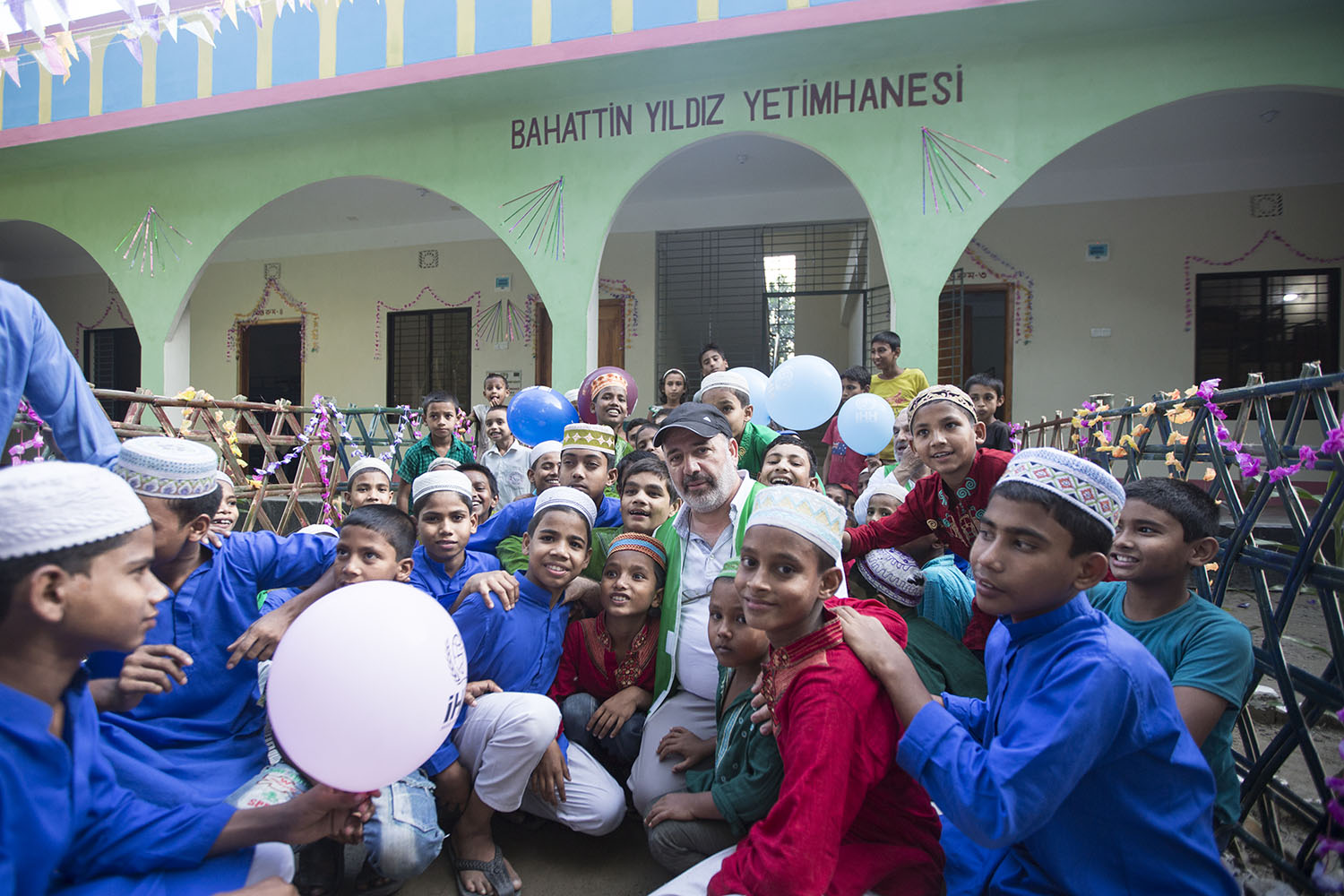
- Bahattin Yıldız Orphanage
In honor of the martyr Bahattin Yldz, who devoted his life to charity work, it was constructed by his fellow citizens. In the orphanage, there are dorm rooms, study areas, an office, and a kitchen. Boys who live in the orphanage receive services to meet their social, educational, nutritional, medical, and clothing needs.
Location: Bangladesh/Lalmonirhat
Date of Opening: December 15, 2015
Number of Hosted Children: 32
BURKİNA FASO
In Burkina Faso, considered one of the poorest countries in the world, the main source of livelihood for the people is agriculture and animal husbandry. Although Muslims make up 65 percent of the country's population, they are not represented in social life and the administration to the extent that corresponds to their population size.
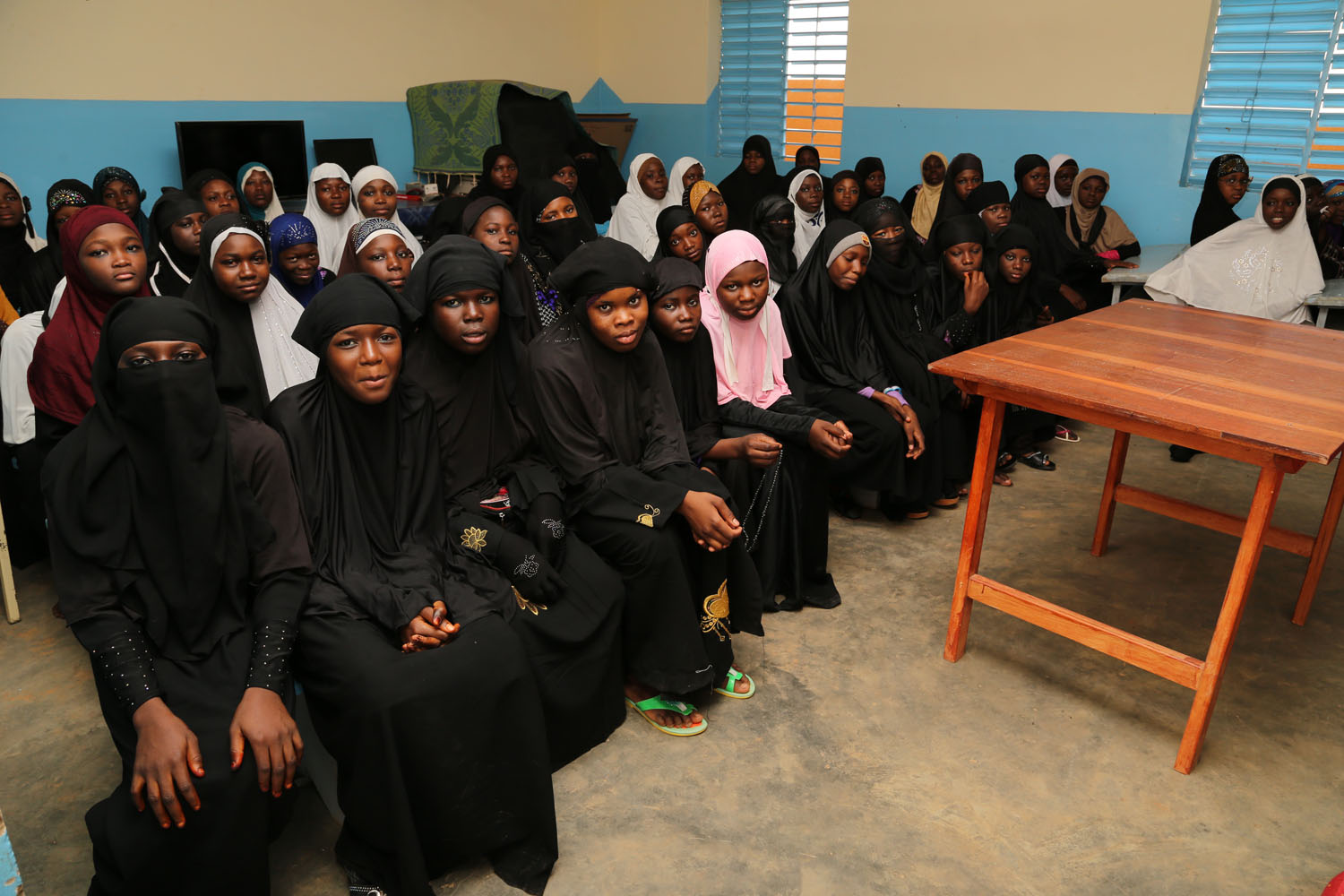
- Şifa Orphanage
The children's education and personal growth are just as important to the Şifa Orphanage as their shelter. The orphanage was constructed as a multi-building complex with a cafeteria, 120-bed dormitory, a school with a capacity of 735 students, and an administration building. Services are offered in the orphanage where the boys reside to meet the children's social, educational, nutritional, and clothing needs.
Location: Burkina Faso/Titao
Date of Opening: June 28, 2014
Number of Hosted Children: 24
INDONESIA / ACEH
In Aceh, which has been colonized at various times throughout history, 98 percent of the people are Muslim and the flag was inspired by the Turkish flag. Thousands of people died in the tsunami disaster that occurred in Indonesia, one of the South Asian countries, on December 26, 2004. IHH, which took care of orphans after the disaster, accelerated its work in the region by building an orphanage in a short period of time.
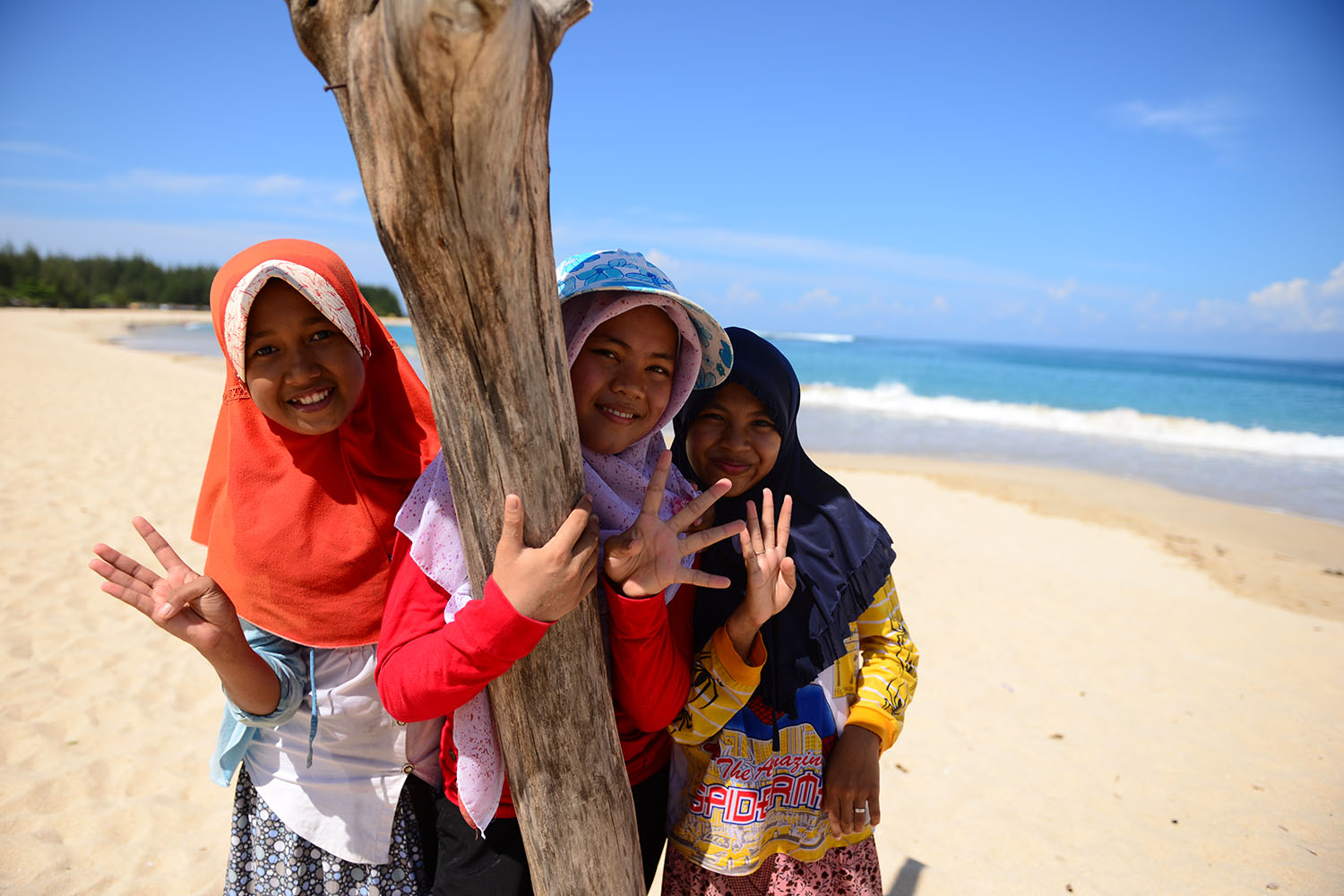
- Istanbul Orphanage
The Istanbul Orphan Complex, built by IHH on 5,000 square meters in the city of Banda Aceh for children who lost their families in the December 26, 2004, tsunami disaster in Indonesia, consists of nine blocks. In the complex, which also includes a computer classroom, library, mosque, and playground, social and cultural activities are organized for orphaned children. All kinds of opportunities are provided to solve the health problems of the orphanage's children, and they are treated in neighboring countries when necessary. The orphanage also provides the support and guidance services that children require throughout their educational lives, scholarships are provided to students who are eligible to enter the university, and necessary guidance is provided for students who want to continue their education outside Aceh. To date, 32 orphan girls from the Istanbul Orphan Complex have been granted university admission. Some of these young women continue their studies in Turkey.
Location: Indonesia/Ache
Date of Opening: November 23, 2006
Number of Hosted Children: 115
ETHIOPIA
Ethiopia (Abyssinia), the only country on the African continent that has been able to maintain its independence throughout its history and has not been colonized by European states, is known as one of the oldest civilizations in world history. Islam remained the predominant religion for centuries in the country, which Muslims immigrated twice during the time of the Prophet Muhammad. Ethiopia, the second-most populous country on the African continent, is also one of the poorest countries in the world. In the region where 4,800,000 orphans have been left behind due to natural disasters, drought, diseases such as AIDS, poverty, and political conflicts, people need more hope to rebuild their future.
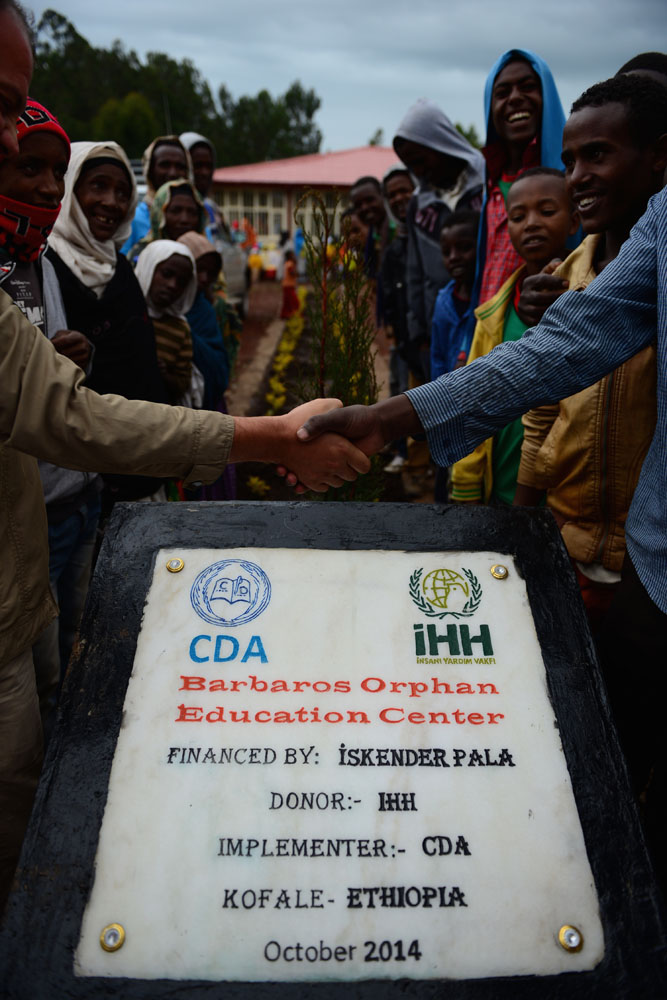
- Barbaros Orphan Education Center
The project, which was created with the help of writer Skender Pala, is an orphan education center. Barbaros Orphan Center, which was founded in a region where orphans and orphan families require education rather than shelter, includes a conference hall and computer laboratory, as well as a guest room and administrative office. Educational and social activities such as improving technical and professional skills such as computers and tailoring, and supplementing our orphan children's school lessons, values education studies, and summer camps are carried out within the scope of the vocational training course for orphan mothers.
Location: Ethiopia/Kofale
Date of Opening: October 5, 2014
Faydalanan yetim sayısı: 1500 (orphans and mothers)
PHILIPPINES / MORO
Mindanao, home to 12 million Muslims, is an economically backward region. Due to the ethnic discrimination, they have suffered for many years, the people of the region are deprived of their most basic social rights, especially education. The civil war between the Moro Muslims and the Philippine government, which has lasted for more than 40 years, has cost the lives of more than 120,000 people and 2 million have lived as refugees. Peace talks between the Moro people and the Philippine state that began in 2012 had a positive outcome, and efforts have since been stepped up to improve humanitarian conditions in the region. As one of the five members of the independent observer mission established to monitor the implementation of the agreements signed as part of the Bangsamoro peace process, IHH contributes to this process by closely monitoring the establishment of the autonomous Bangsamoro region. IHH also built two orphanages in the region in 2010 to house orphans as part of its efforts to reach out to the Moro Muslims.

- Hacı Şerefoğlu Orphanage
Children are the most vulnerable victims of the years-long conflict between the Philippine government and Moro Muslims.
In the region, IHH established the Hac erefolu Orphanage. Services are provided in the orphanage for boys to meet the children's educational, food, health, clothing, and social needs. A school and a girls' orphanage were constructed right next to the orphanage, which was constructed on a large plot of land. The facility, which will soon be transformed into a large education complex, will serve as both a home for Moro orphan children and an education center where they can be best prepared for the future.
Location: Philippines/Moro
Date of Opening: May, 1 2010
Number of Hosted Children: 40

- Uğur Süleyman Söylemez Orphanage
The orphanage is divided into two buildings, one with a library and dormitories and the other with a cafeteria and meeting hall. Services are provided in the orphanage for girls to meet the children's educational, food, health, clothing, and social needs. It is located on the same property as the Hac Serefoglu Orphanage.
Location: Philippines/Moro
Date of Opening: May, 16 2015
Number of Hosted Children: 99
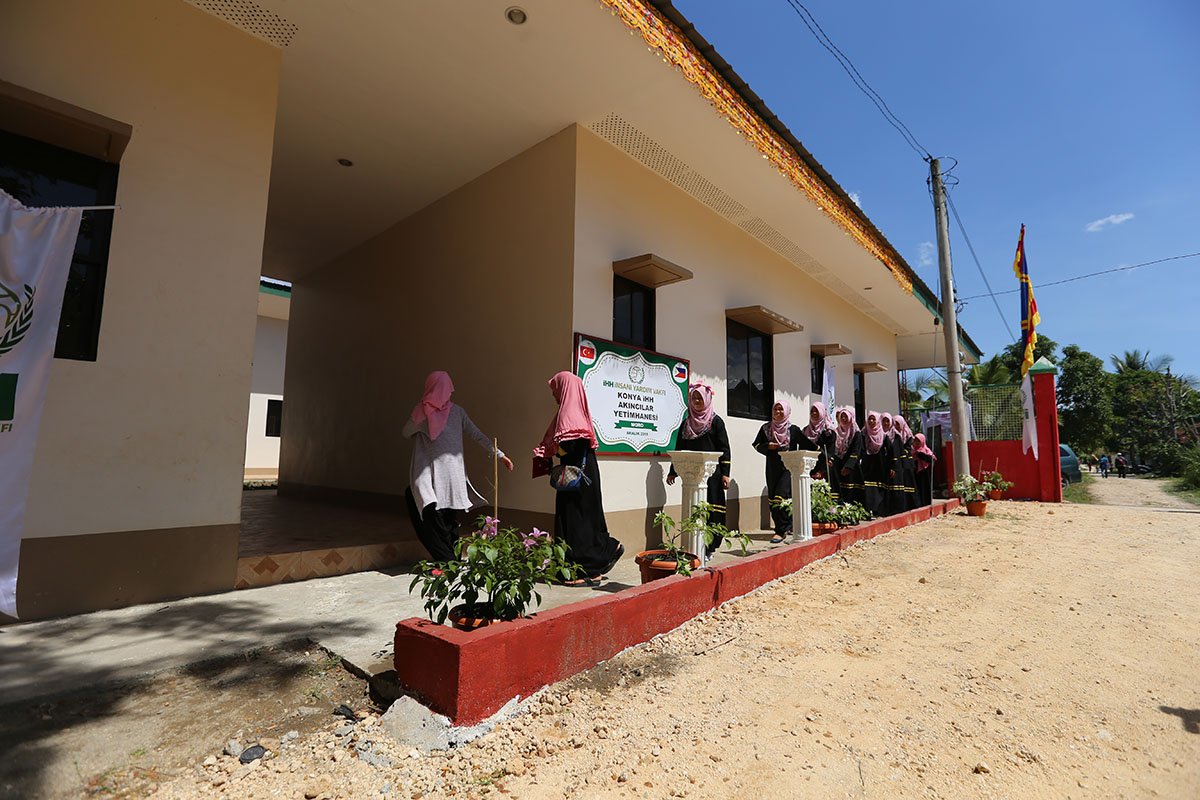
- Akıncılar Orphanage
Location: Philippines/Moro
Date of Opening: January 2019
Number of Hosted Children: 33

- Haticetul Kubra Orphanage
Bulunduğu yer: Philippines/Moro
Date of Opening: January 2019
Number of Hosted Children: 31
NEPAL
80% of the population of the country are Hindus. Islam, which is spreading rapidly in the region, is the third-largest religion in Nepal. According to the 2006 census, Muslims make up 8% of the country's population. Nepal is one of the poorest countries in the world. Although there have been some positive developments in the economy since the 1990s, sufficient progress has not yet been made in eradicating poverty. IHH, which has been carrying out relief work in the region for many years, is emphasising the construction of schools, mosques, and orphanages in the country where the literacy rate is very low. With such permanent projects commissioned by IHH, Nepali Muslims are supported and the youth and children are allowed to prepare for the future in the best possible way. Hilal School and Mosque built by IHH in 2011 in the town of Ghuski in Nepal's Sunsari province meet a great need in the region.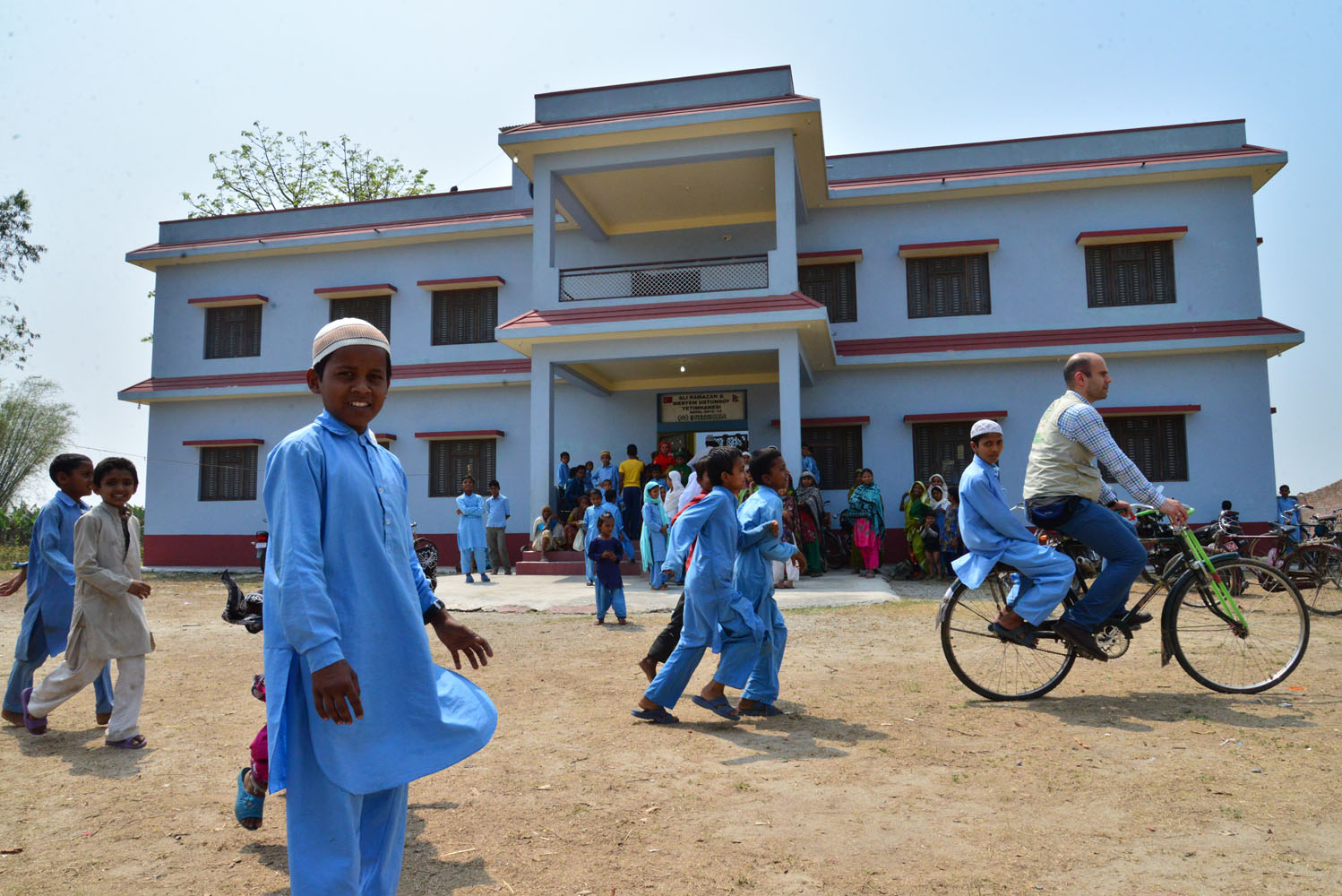
- Ali Ramazan ve Meryem Üstünsoy Orphanage
IHH prioritizes orphans who require protection in Nepal, where Muslims face significant hardship. IHH, which has built an orphanage that will benefit Muslims in the region as well as serve as a shelter for orphans, has thus begun to make its assistance permanent. A school, dormitory, prayer room, and social facilities are all part of the orphanage area. Services are provided in the orphanage for boys to meet the children's educational, food, health, clothing, and social needs. On the orphanage campus, children attend educational institutions.
Location: Nepal/Sunsari
Date of Opening: April 1, 2014
Number of Hosted Children: 60
PAKISTAN
Pakistan, which has been in a state of perpetual political instability since its inception, has also faced significant economic difficulties.
The fact that the state of chaos in which the country found itself never came to an end has meant that it remains an economically underdeveloped country and is unable to develop its infrastructure. The majority of the people live below the poverty line. There are serious problems in education, health, and infrastructure in the country. The massive earthquake that claimed the lives of thousands of people in Azad Kashmir and the northwestern frontline states in 2005 has worsened the current situation in the northern rural areas. Pakistan is one of the countries where IHH is most effective in providing relief. The earthquake and flood disasters affecting millions of people and the existence of hundreds of thousands of refugees forced to migrate due to the ongoing war in Afghanistan have increased the number of orphans in Pakistan to unmanageable levels. For this reason, orphans have always been the focus of IHH's relief efforts in Pakistan, which began 21 years ago. Today, orphans and homeless children have the opportunity to live safely in five orphanages in an educational complex, all built by IHH donors. The orphanages opened by IHH in Pakistan are designed as a total complex with schools, dormitories, and social facilities to meet the material and moral needs of orphans in general. The first example of an orphanage complex built in this way in Pakistan is Khubaib Rara College in Kashmir.

- MSAL (Muhammadan School of Advanced Learning)
MSAL orphanage is the first orphanage that IHH welcomes little girls fleeing the US occupation of Afghanistan. Today, dozens of heroes have emerged from the story that began with the conversion of a donated detached house into an orphanage.
Lessons begin with the Qur'an and hadiths, as they do in all orphanages in the country. Young girls are educated in the best schools in the country, where they take cooking classes after foreign language lessons. Activities aimed at enhancing general culture are carried out for girls who attend sewing and embroidery lessons in the orphanage after school. Young girls are also studying at high school and university, and they create artistic works such as travel programs and cinema days with opportunities that they cannot find in their country's conditions. Mehwish Sabir, one of these girls, explains that she came to the orphanage when she was 12 years old and graduated from the faculty of computer engineering by taking advantage of the opportunities available to her. Many orphans, including Mehwish, hope to graduate soon.
Location: Pakistan/Ravalpindi
Date of OpeningJanuary 1, 2003
Number of Hosted Children:51
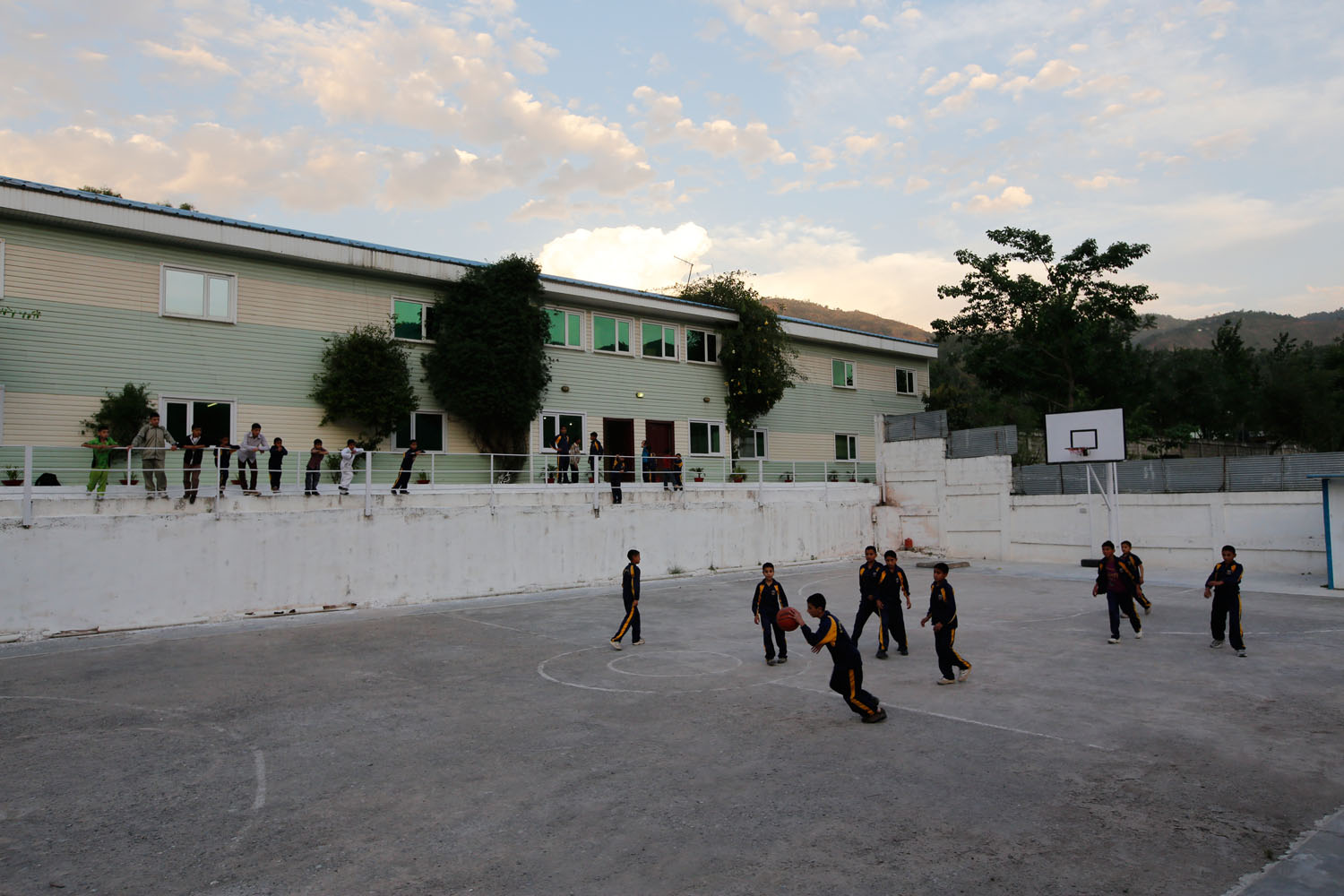
- Rara Orphanage
Many children have been orphaned as a result of the region's bloodshed over the years. For the past seven years, Rara Orphan Complex, one of IHH's projects for these orphans, has provided shelter and education to a large number of children.
The orphanage for boys provides education, food, health, clothing and social services to meet their social needs. Children go to school in educational institutions within the orphanage campus. Education services are also provided to orphans living with their families.
Location: Pakistan/Muzafferabad
Date of Opening: January 1, 2009
Number of Hosted Children: 120
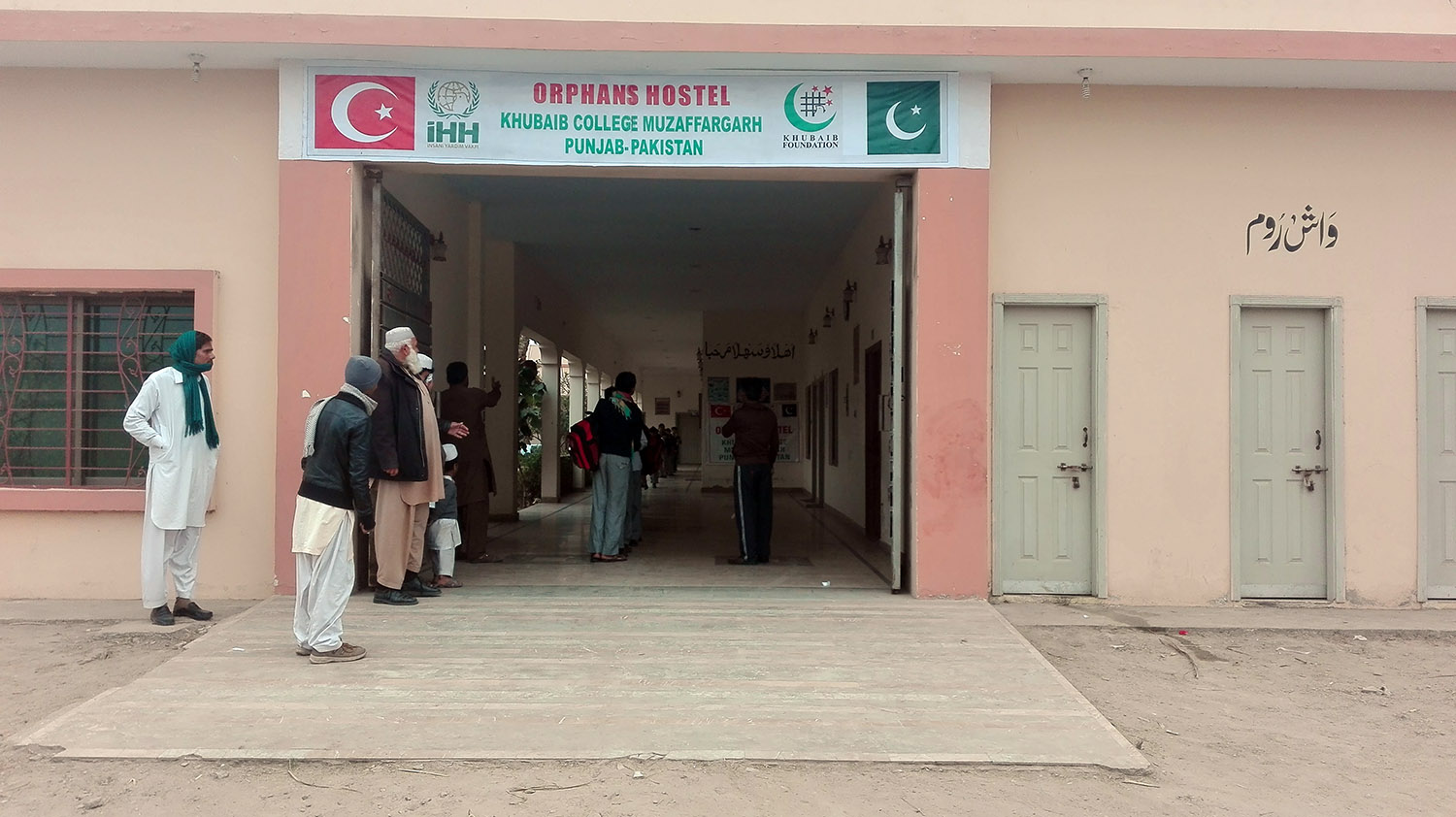
- Muzaffargarh Orphanage
The orphanage is housed in a single-story madrasah with a large courtyard and consists of dormitories, a masjid, a study room, a guesthouse and administrative rooms.
In the orphanage for boys, services are provided to meet their education, food, health, clothing and social needs. In the region where facilities are limited and the poverty rate is very high, children attend the private Khubaib College and all their expenses are covered by IHH.
Location: Pakistan/Muzaffargarh
Date of Opening: July 1, 2014
Number of Hosted Children: 100

- Bursa Emir Sultan Orphanage
Emir Sultan Orphanage is just one of the pillars of a bridge of humanity stretching from Turkey to Pakistan. In 2010, IHH reached the region after the flood disaster and took another look at the troubled situation in Pakistan. Having built many permanent works to heal the wounds of the flood, IHH decided to build an orphanage. The orphanage, built on 150 acres of land, includes a college, an indoor sports hall, a greenhouse, a horse and cow farm. The orphanage has a cricket and soccer field and horses where children can learn horseback riding. The training center, which also has karate and taekwondo clubs, has trained many local and national athletes. In the library built by a Turkish philanthropist, there are 2300 books in Urdu, Turkish, Arabic and English. The computer room next to the library serves students with 40 computers. All courses are taught by experts in the field in the education center, which was created by using the Oxford system, an eight-year education program.
Location: Pakistan/Haripur
Date of Opening: January 1, 2011
Number of Hosted Children: 191
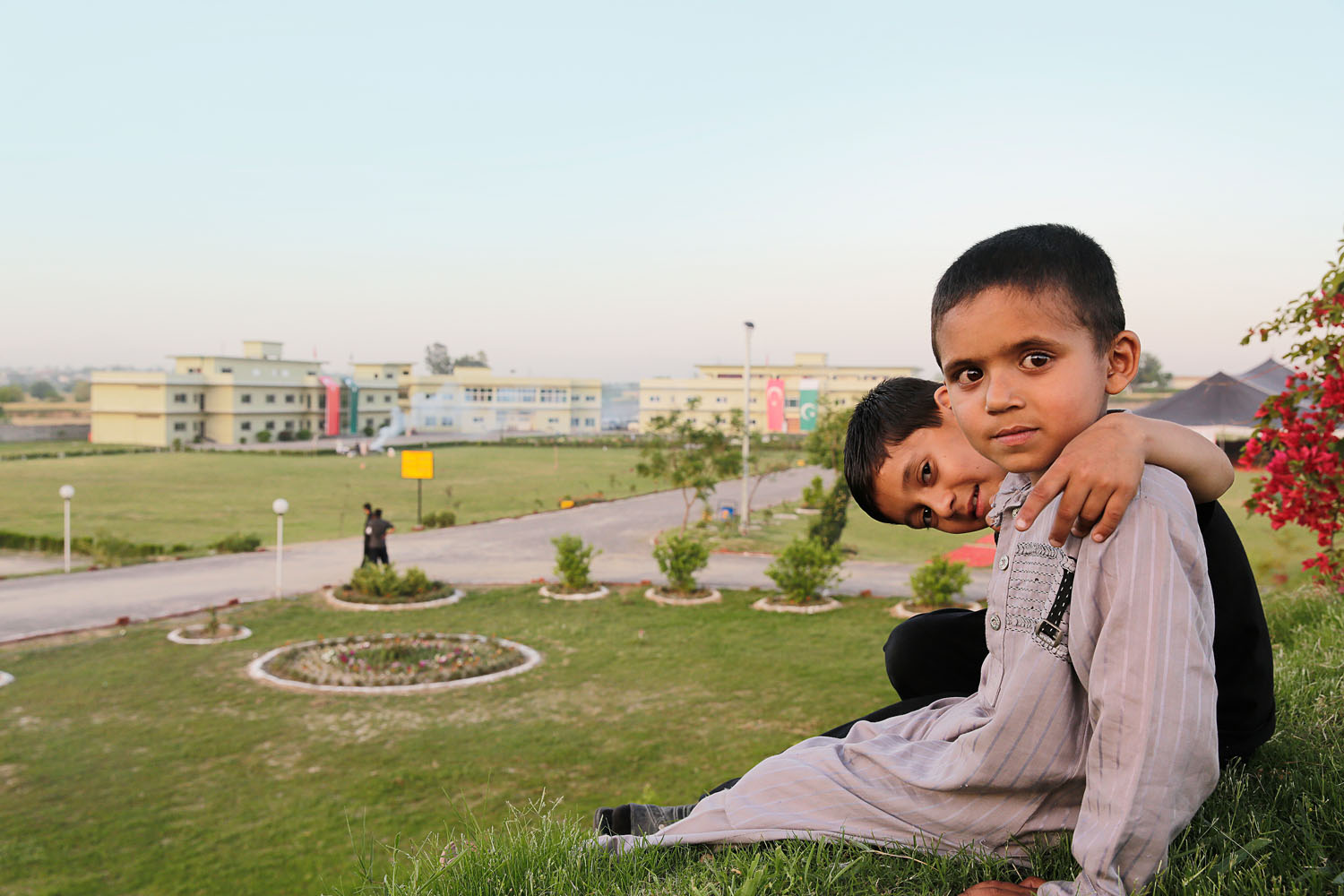
- Daru’l-Erkam Orphanage
Located within the large campus area of Khubaib Haripur Colleges, the orphanage consists of a school, dormitory and other social units. The orphanage for boys provides services to meet their educational, food, health, clothing and social needs. Children go to school in educational institutions on the orphanage campus. Other social areas on the campus are shared with the children of Emir Sultan Orphanage on the same campus. Bursa is located on the same campus as Emir Sultan.
Location: Pakistan/Haripur
Date of Opening: June 26, 2014
Number of Hosted Children: 200
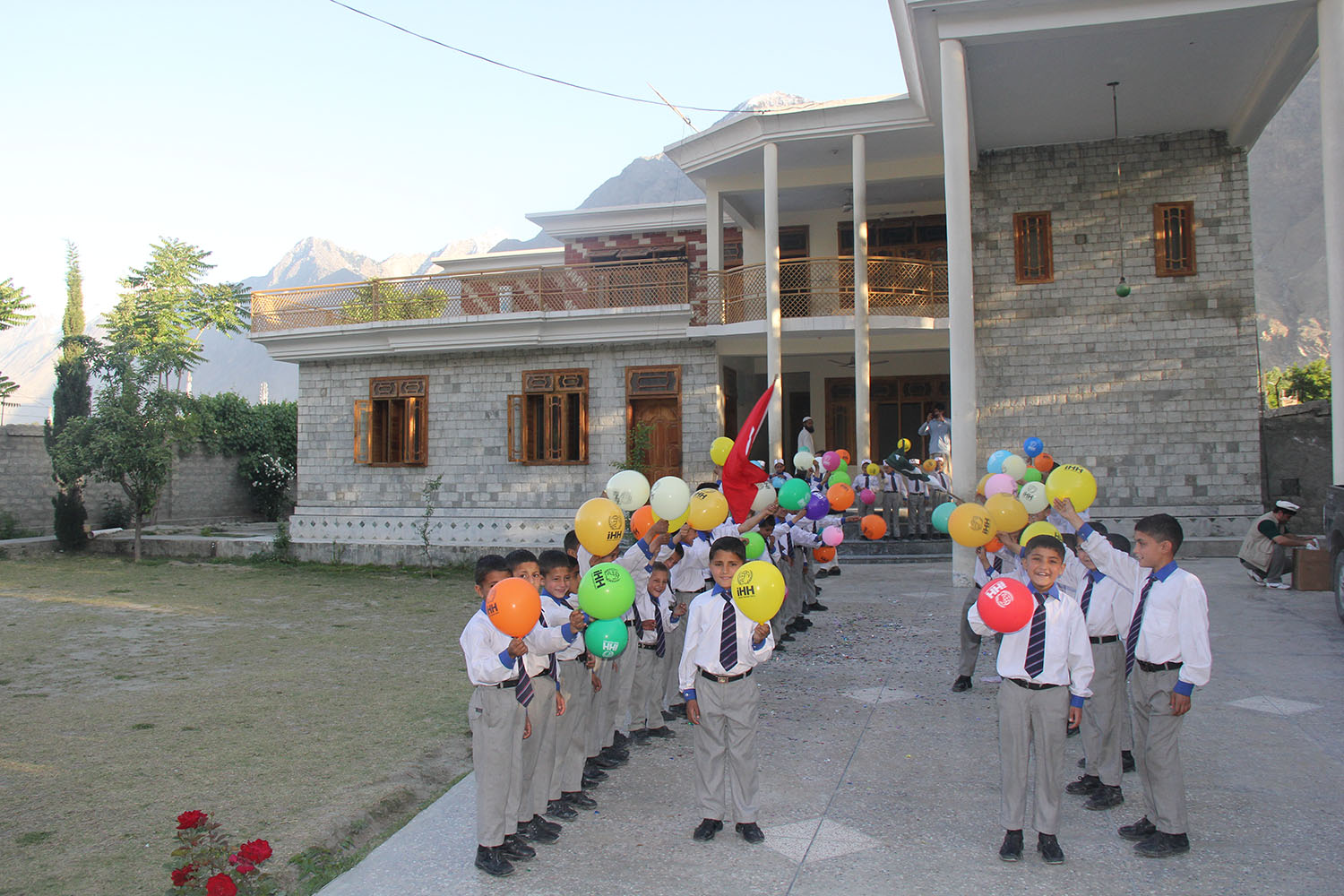
- Gilgit Orphanage
Gilgit, a city where the Sunni population has difficulties, is one of the most problematic regions of Pakistan. Working to alleviate the problems here to some extent, IHH opened an orphanage in the city. The orphanage consists of a 2-storey building with a large garden, dormitories, masjid, library and administrative rooms.
In the orphanage for boys, services are provided to meet their education, food, health, clothing and social needs. In the region where facilities are limited and the poverty rate is very high, children attend a private school and their school fees are covered by IHH.
Location: Pakistan/Gilgit
Date of Opening: January 1, 2015
Number of Hosted Children: 65
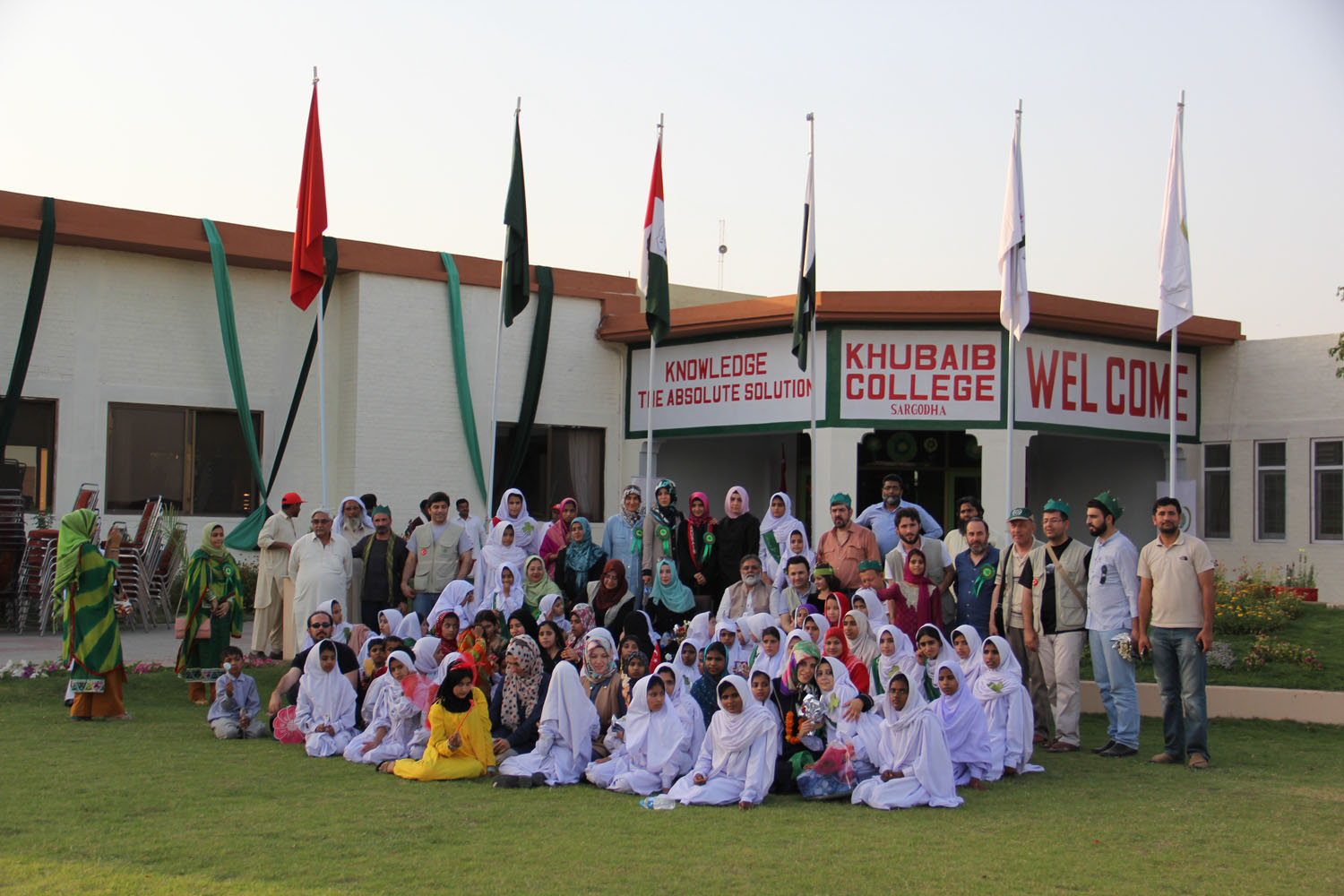
- Sargodha Orphanage
The orphanage area includes four dormitories, eight classrooms, a library, a clinic, six offices including the administration office, a masjid, a guest house, a conference room and a kitchen. The orphanage for girls provides services to meet their educational, food, health, clothing and social needs. Children attend school in educational institutions on the orphanage campus.
As in other orphanages, natural foods are preferred for children here. Children are provided with shopping opportunities to meet their special needs, and their travel expenses are covered when they want to see their relatives.
A different practice we encountered was related to children's birthdays. At the end of each month, a birthday celebration is organized for the children born in that month and orphans are made happy.
Location: Pakistan/Sargodha
Date of Opening: January 1, 2013
Number of Hosted Children: 191
SOMALIA
Somalia has about 10 million inhabitants, and almost all of them are Muslims. Hundreds of thousands of people have emigrated from Somalia, which was hit by a major drought in 2011, and tens of thousands of people died from starvation. The Banadir region, which includes the capital Mogadishu, has seen a large influx of people from rural areas following the drought and famine crisis. Some 300,000 migrants who have thus settled in the region are trying to sustain their lives in neighborhoods and villages that have sprung up haphazardly around the city and lack infrastructure and equipment. For reasons such as poverty and lack of government investment, the region is unable to meet even the most basic needs. The lack of educational facilities, especially in rural areas, is a major problem. Primary education in particular is attempted to be imparted in makeshift huts. There is a need to create new educational facilities in Somalia to solve the problem and give the young people, who are the future of the country, the opportunity to look to the future with hope.
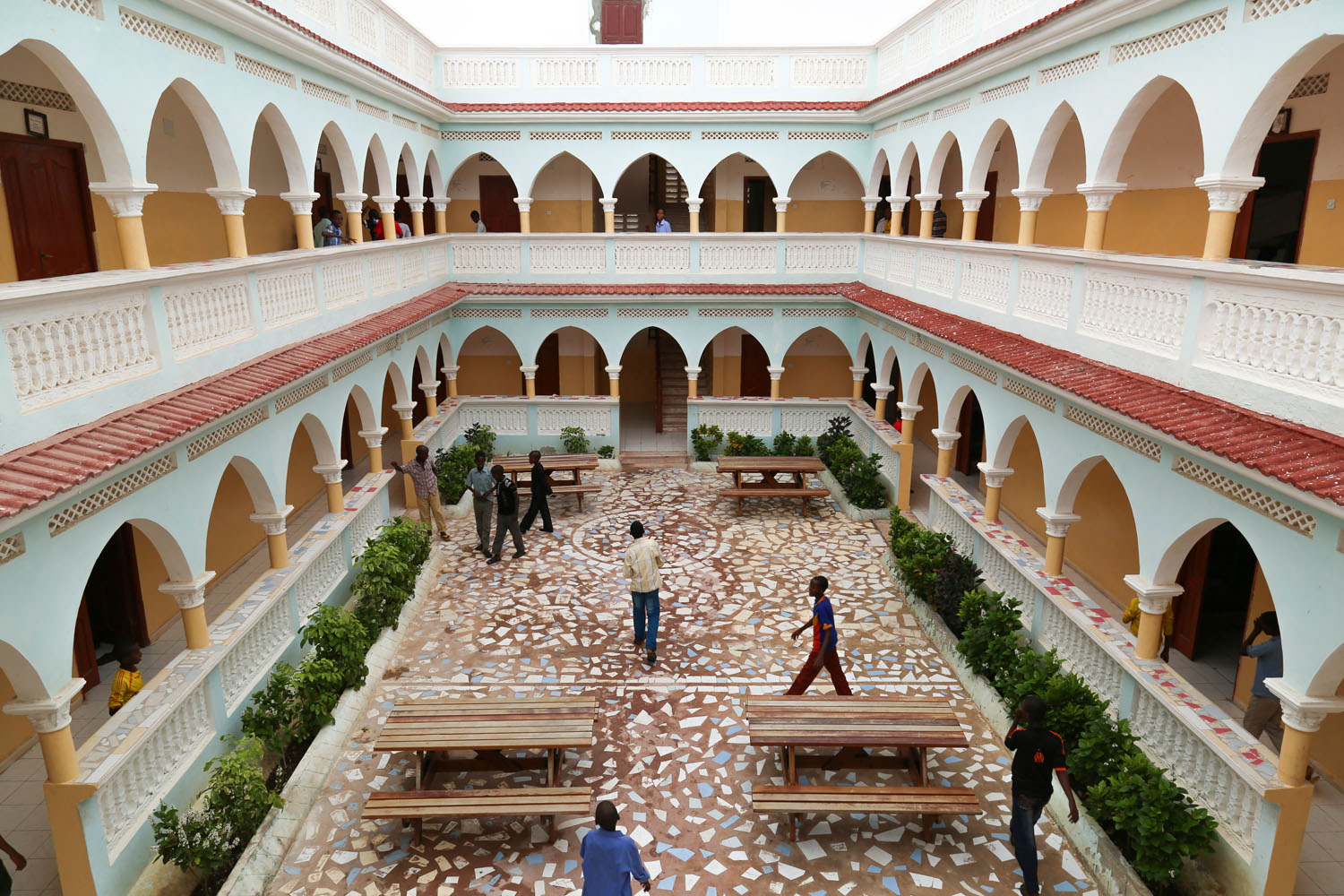
- Anatolia Orphan Education Complex
Built on an area of 12,000 square meters in Mogadishu, the capital of Somalia, one of the most troubled regions of the Muslim world, the complex consists of two dormitories, a school, a health clinic, a Koranic school, a deep water well, a market and a mosque. Anadolu Orphan Education Complex is the largest orphanage complex in Somalia. Services provided at the orphanage: In the orphanage for boys, services are provided to meet the education, food, health, clothing and social needs of children. Children go to school in educational institutions on the orphanage campus.
Location: Somalia/Mogadishu
Date of Opening: June 1, 2013
Number of Hosted Children: 250
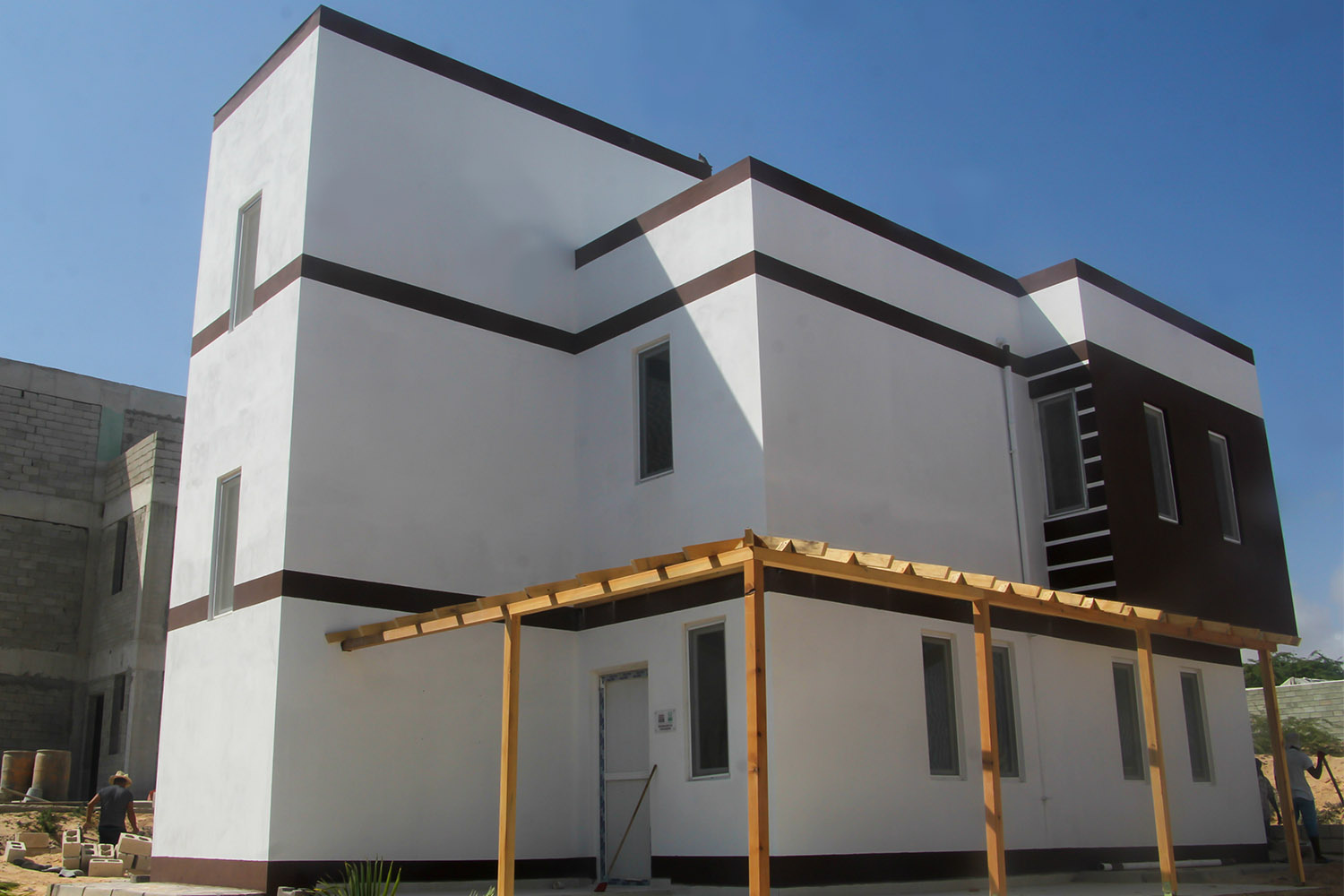
- Şehit Eren Bülbül Orphanage
Martyr Eren Bülbül Orphanage, built by IHH and its partners, is located in a 10 thousand square meter complex. The two-storey orphanage has a multi-purpose hall, kitchen, study hall, and bedrooms. The orphanage, which has a total usage area of 215 square meters, meets the education, food, health, clothing and social needs of orphans.
Location: Somalia
Date of Opening:August 1, 2019
Number of Hosted Children: 22
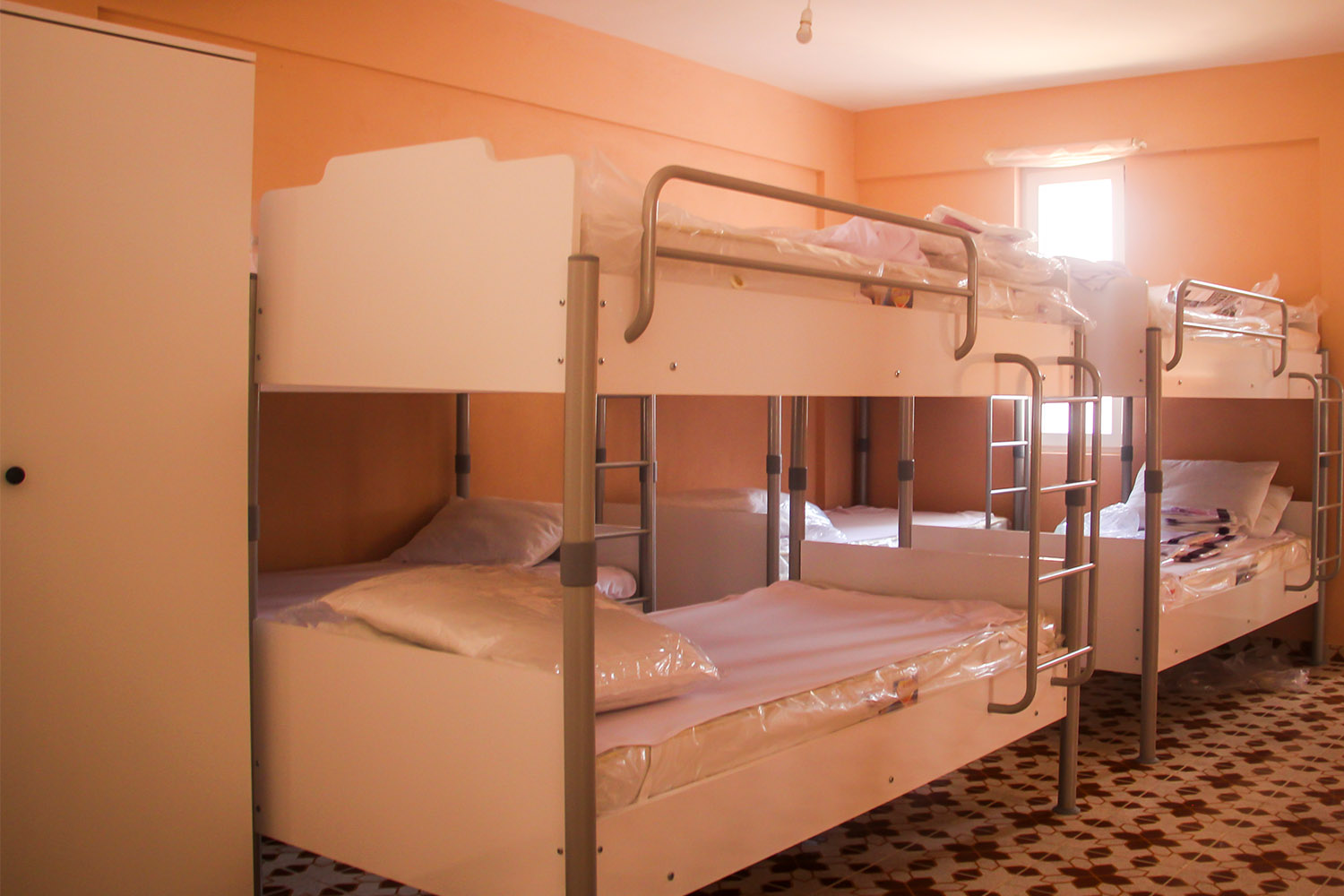
- Namaz Kardeşliği 2 Orphanage
In the orphanage for 24 people, which is located in the same complex with the Martyr Eren Bülbül Orphanage, Somali orphans are prepared for life in safe environments. In the girls-only orphanage, orphans' education, food, health, clothing and social needs are met.
Location: Somalia
Date of Opening:August 1, 2019
Number of Hosted Children: 22
THAILAND /PATANI
Patani, where mostly Muslims live, is in southern Thailand. Located on the east coast of the Malacca Peninsula, at the mouth of the Patani River, it has been an international trading port since the 16th century. Rubber and tin are exported from the port. There is also an airport in the city. Formerly an Islamic city-state, Patani was annexed to Siam (Thailand) in the 16th century. It was annexed to Siam (Thailand) in the 16th century. After 1880, it was divided into seven small units and these parts were annexed in the early 20th century. The struggle between the Muslims in the region and the government forces, who have been resisting the assimilation policy of the Thai government for decades, has left many orphans and widows. Malay Muslims in the Patani region of Thailand, where they have experienced great suffering for years, are struggling to survive under difficult economic conditions. Orphans, who lack the protection of their father even more, are the most affected by all these adverse circumstances. IHH, which has been providing aid in the region since 1998, has built six orphanages in Patani by the end of 2016 to provide a warm home for the orphans and meet their basic needs.
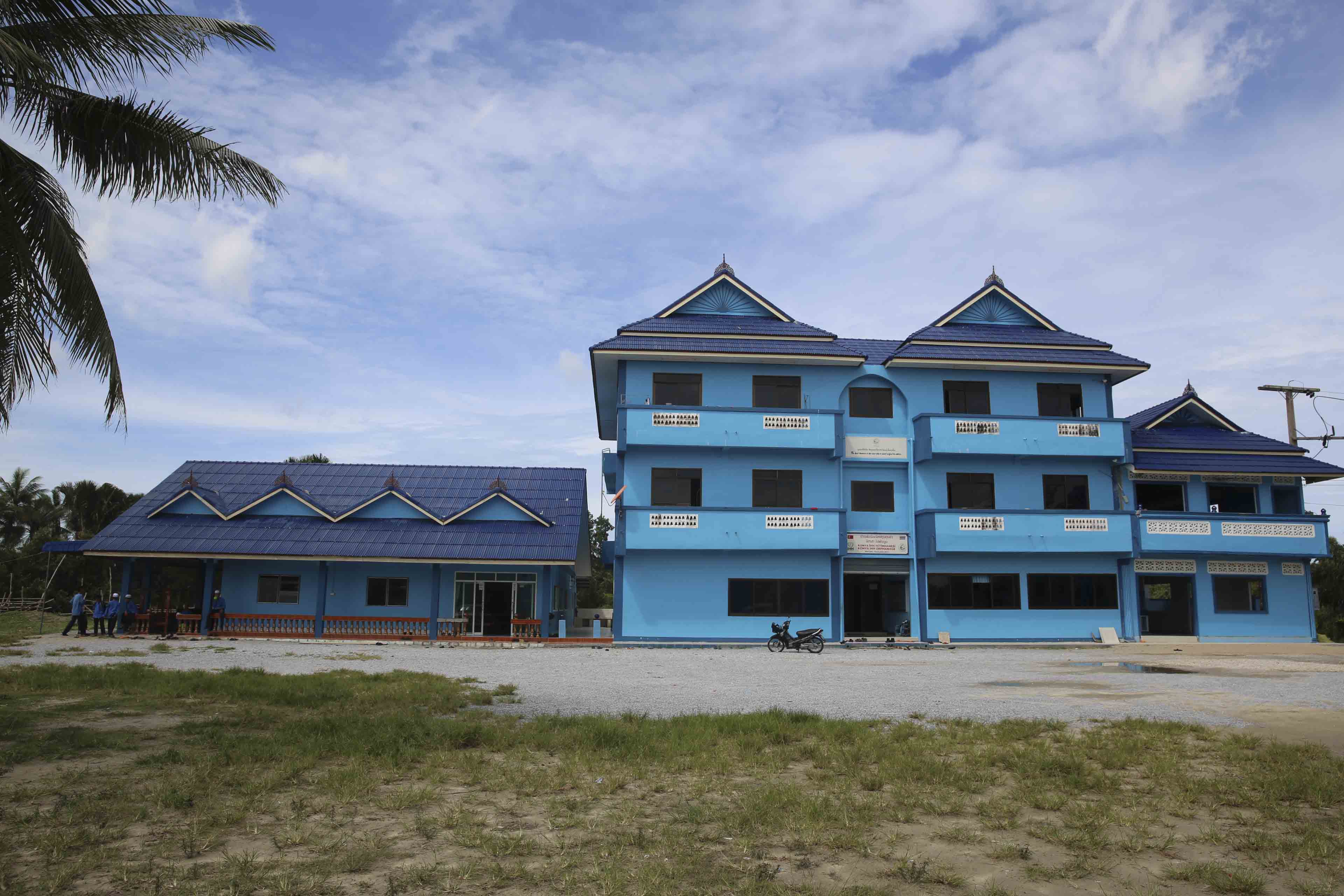
- Konya Orphanage
In the region where 20 thousand orphans live, Patanians who want to get rid of Buddhist oppression, live their beliefs freely, and protect their culture need the support of Muslims. IHH initiated efforts in this context and opened the orphanage, which includes a school providing education in Arabic and English. There is also a school and various social facilities on the orphanage campus. In the orphanage where boys are accommodated, services are provided to meet the education, food, health, clothing, and social needs of the children. The orphanage, which is located in a large educational complex, receives education at the Boğaziçi School, one of the most respected private educational institutions in the region, which was also built by IHH donors. Boğaziçi School, which provides education in Arabic and English in addition to the mother tongue, helps orphan children prepare for the future in the best way possible.
Location: Patani/Yaring
Date of Opening: January 1, 2011
Number of Hosted Children: 42
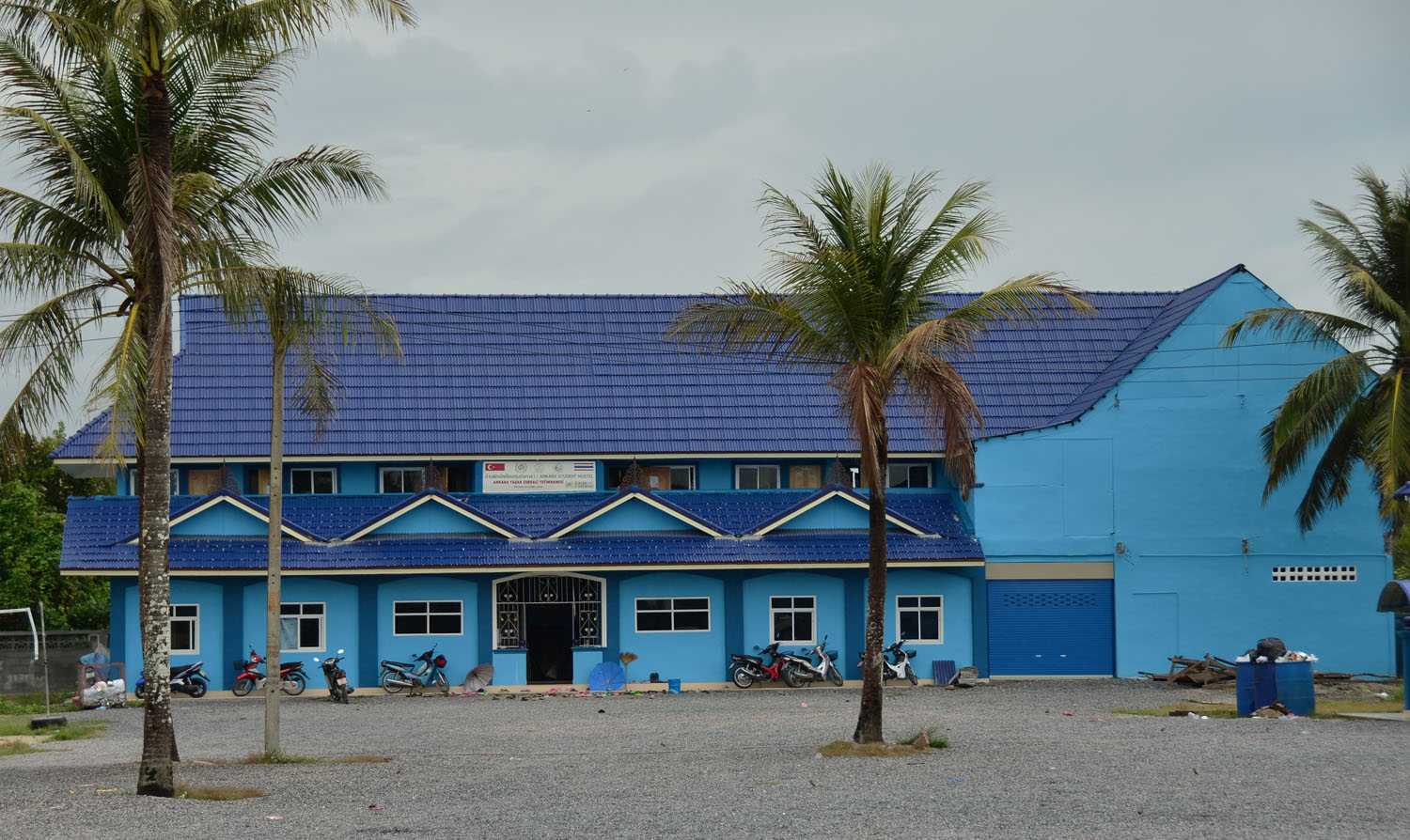
- Yaşar Zerdali Orphanage
The orphanage, which was built in memory of Yaşar Zerdali, an IHH employee who contributed greatly to charity work, has a dormitory, a rest room, administration rooms, guest rooms, and an activity hall, as well as a school where children continue their education. The orphanage for girls provides services to meet their educational, food, health, clothing, and social needs. Children attend school on the orphanage campus.
Location: Patani/Yaring
Date of Opening: April 1, 2014
Number of Hosted Children: 69
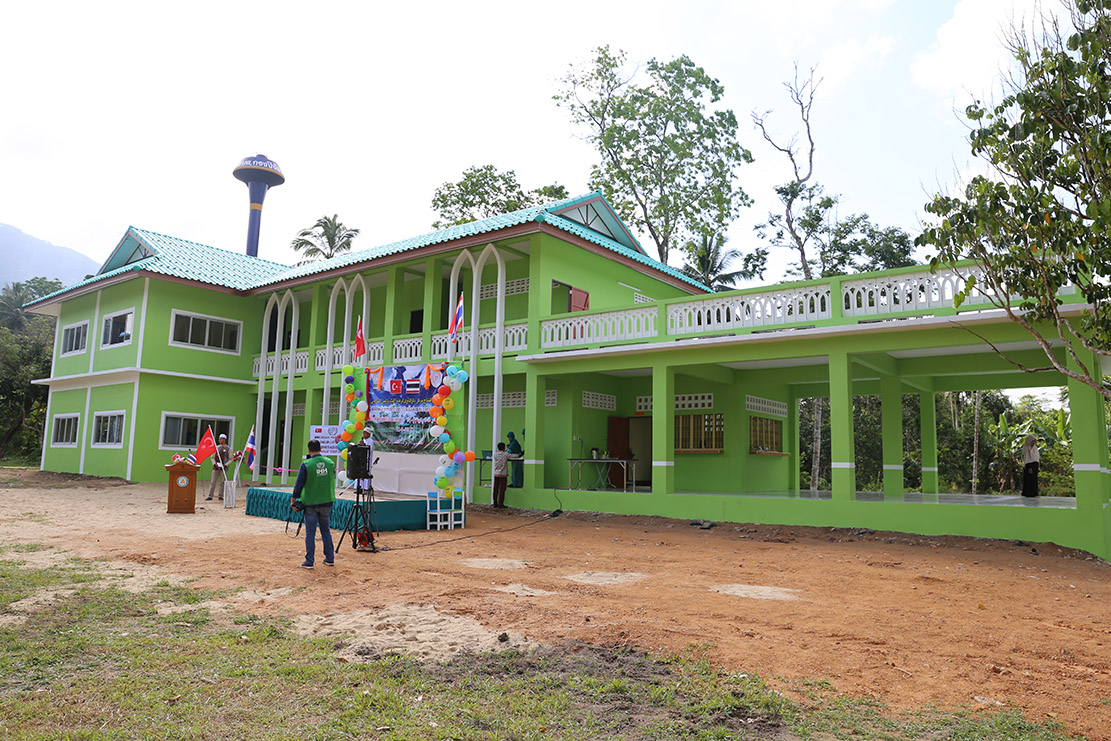
- İskilipli Atıf Hoca Orphanage
IHH's 8th orphanage in Patani, İskilipli Atıf Hoca Orphanage is home to 40 boys. The orphanage has 600 square meters of usage area and consists of 7 dormitories, administrative service room, multi-purpose hall, kitchen, dining hall, terrace floor, toilet and bathroom sections. Next to the orphanage is the Şehit Ömer Halisdemir School.
Location: Thailand/Patani
Date of Opening: March 13, 2018
Number of Hosted Children: 29
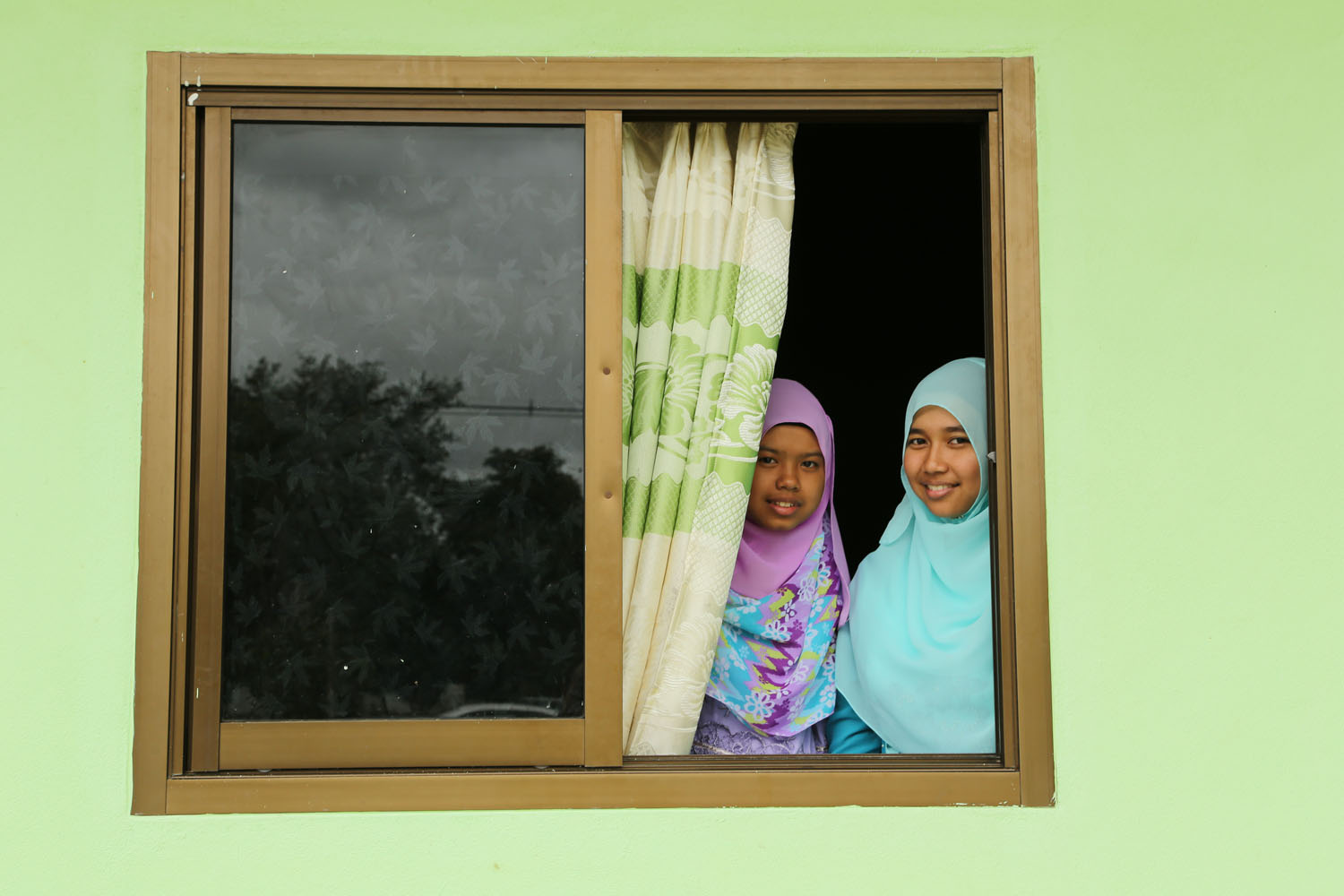
- Miyase Tanış Orphanage
The orphanage consists of a two-story building with a library, administrative office, dormitories, meeting hall and a separate dining hall. The orphanage, which also has a poultry house and a fish farm on its land, aims to create a home environment for the children. The orphanage provides services to meet the children's education, food, health, clothing and social needs. There is also a school bus for orphans.
Location: Patani/Takbai/Narathiwat
Date of Opening: April 1, 2013
Number of Hosted Children: 60
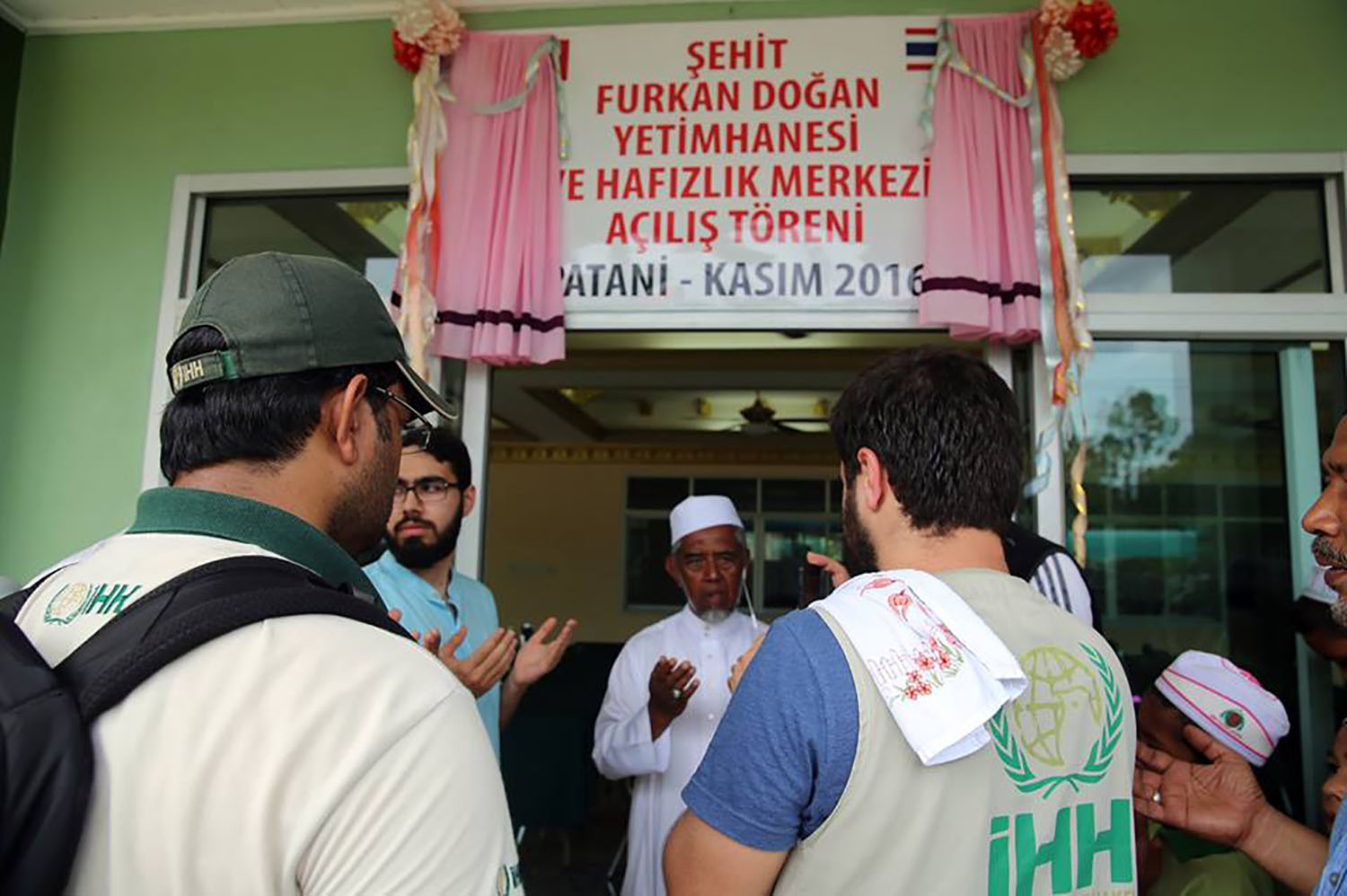
- Furkan Doğan Orphanage
The orphans living in the orphanage, which was opened in cooperation with the Turkish Cooperation and Coordination Agency (TIKA) - IHH Humanitarian Relief Foundation and its partners, also study religious and scientific sciences.
"We must collect beautiful stories to tell to Allah" was the slogan for the orphanage and hafizah center, the foundations of which were laid with the campaign initiated by the young people who met at the Morning Prayers.
The orphanage was built in the name of Furkan Doğan, the youngest martyr of the Mavi Marmara ship.
Location Thailand/Patani
Date of Opening: November 9, 2016
Number of Hosted Children: 40
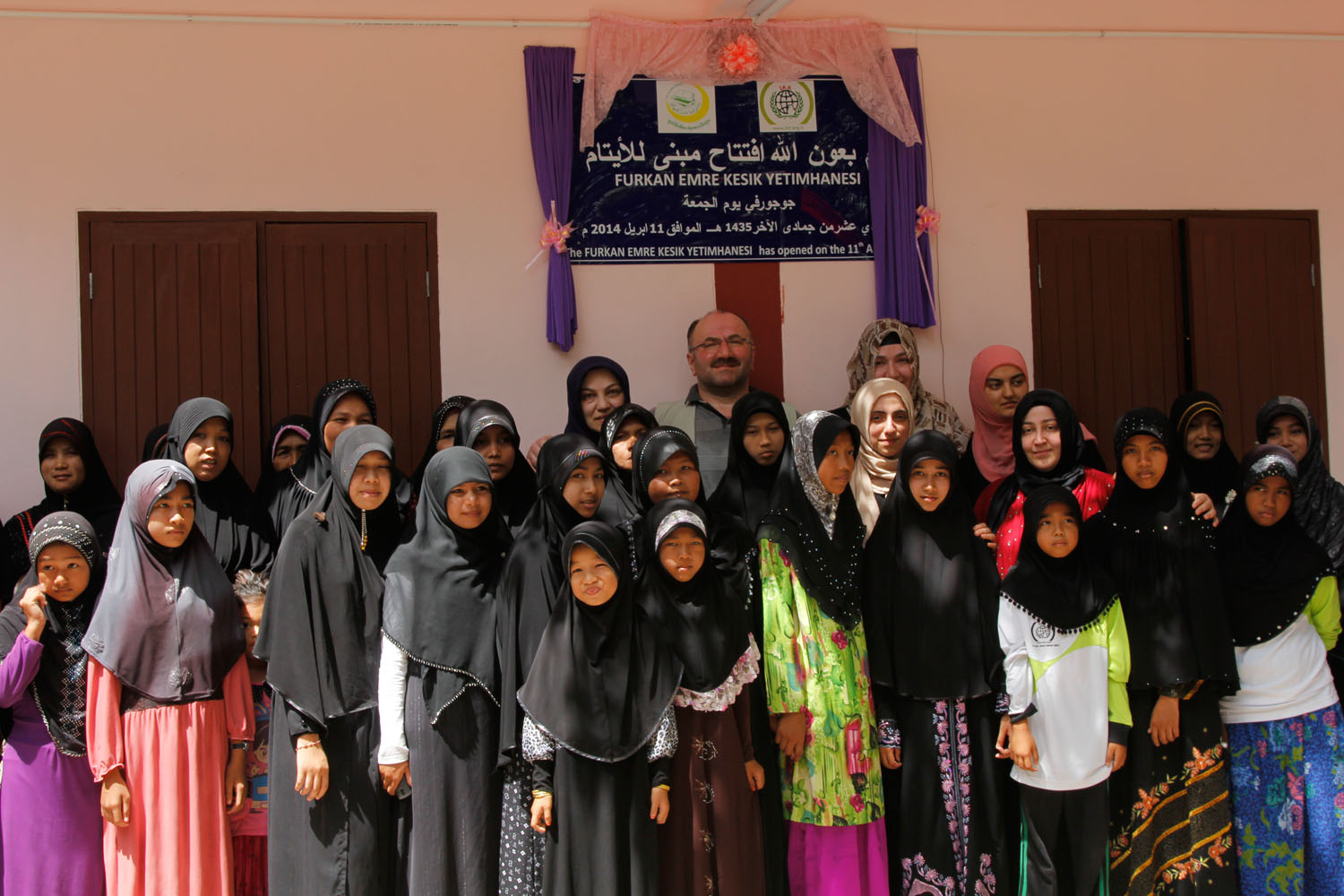
- Furkan Emre Kesik Orphanage
The story of this newly opened orphanage in Patani is actually the story of Furkan Emre. When he was only 14 years old, Furkan Emre was diagnosed with an incurable and rare disease. While he was melting day by day in the grip of this relentless disease, his first wish was to go to Umrah and see the blessed land. He was blessed and went to see that blessed land. The second project he and his sister are working on is to open an orphanage. The arms were rolled up, the work was started, and with the great support of the father, the contributions of friends and relatives, programs, and bazaars, enough money was collected and the orphanage was opened. But Furkan Emre's life is not enough to see this orphanage. He especially wanted the orphanage to be opened in Patani; the reason is unknown.
Furkan Emre's story takes the family thousands of kilometers away to Patani, located on the borders of Thailand. The orphanage opened under the sponsorship of the family is named Furkan Emre Kesik in memory of Furkan.
The orphanage consists of dormitory, kitchen, dining hall, meeting room and administration rooms. Services provided in the orphanage: The orphanage for boys provides services to meet their educational, food, health, clothing and social needs. Children go to school in educational institutions near the orphanage.
Location: Patani/Narathiwat
Date of Opening: April 1, 2014
Number of Hosted Children: 29
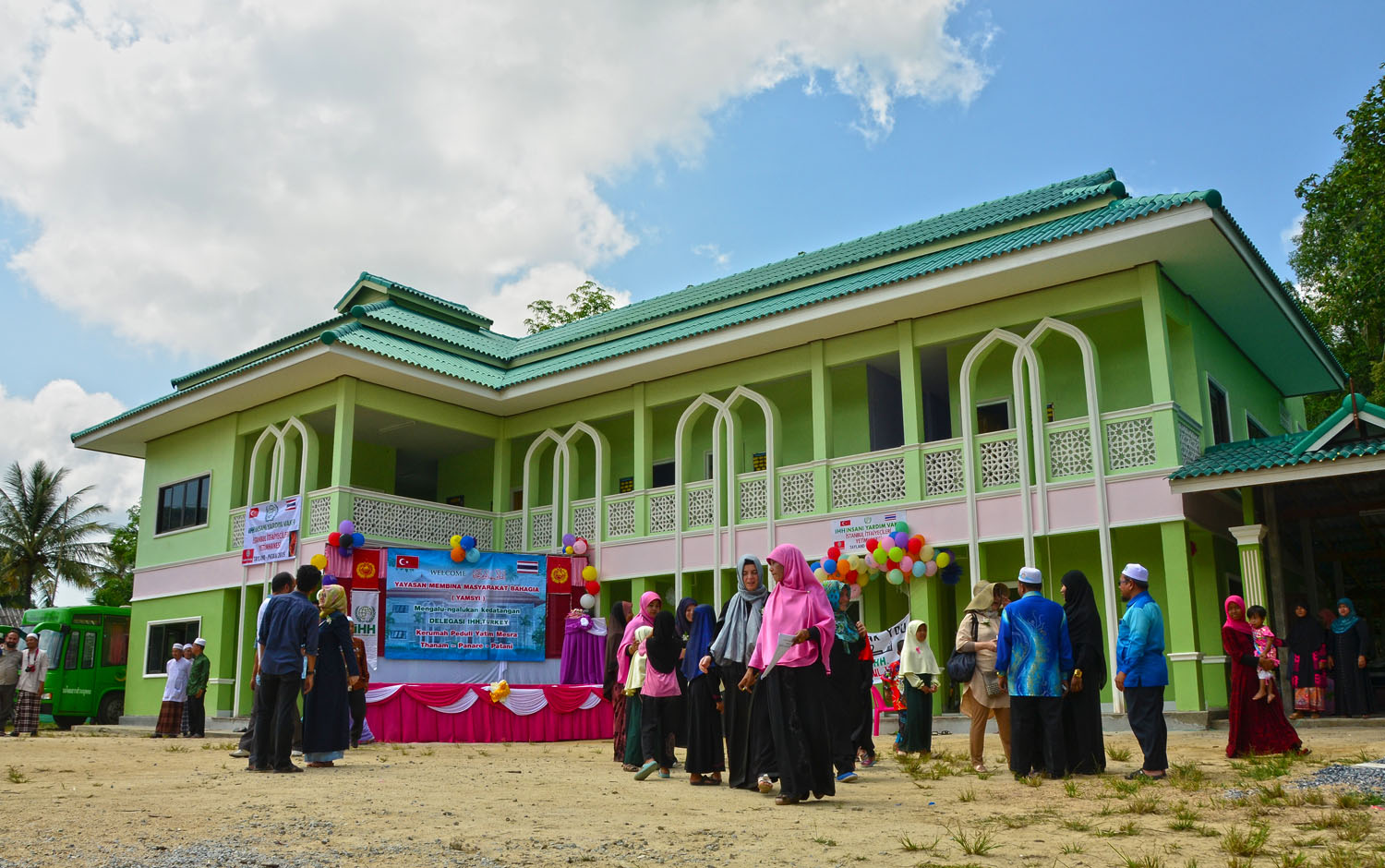
- İstanbul İtfaiyeciler Orphanage
The orphanage consists of a two-story building with a library, administrative office, dormitories and a meeting room. The orphanage has a large garden and aims to provide a home environment for children. In the orphanage where girls will stay, services are provided to meet the education, food, health, clothing and social needs of the children. there is also a school bus to meet the transportation needs of the children.
Location: Patani/ Narathiwat
Date of Opening: April 15, 2015
Number of Hosted Children: 30
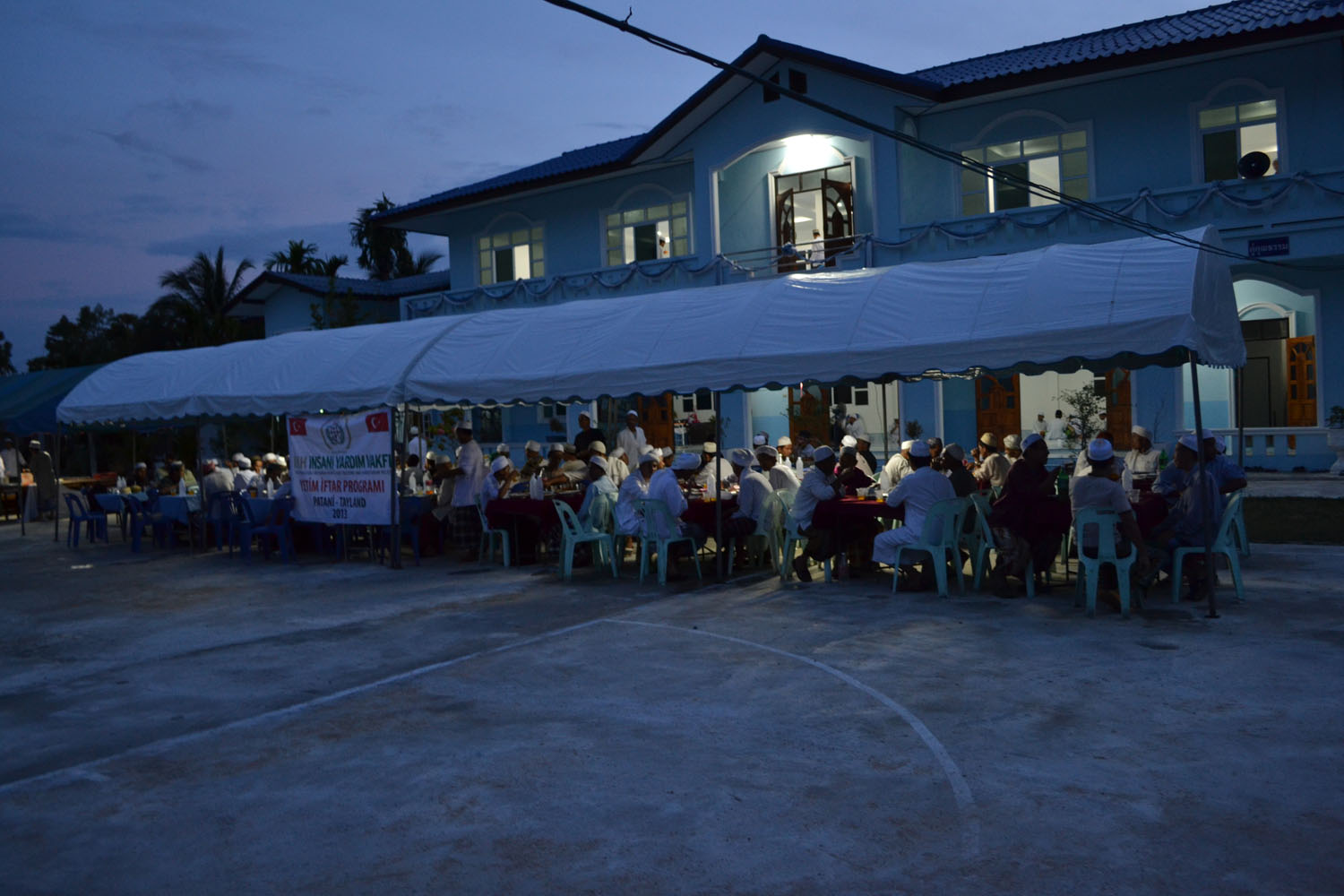
- Şifa Orphanage
The orphanage building is two stories tall and has dorms, a library, an office for running the orphanage, dorms, and a meeting room. The dining hall building was constructed separately. Services are provided at the orphanage where girl children stay to meet the educational, food, health, clothing, and social needs of the children. The children attend schools near the orphanage. This is the first orphanage built by İHH in the Narathiwa region.
Location: Patani/Takbai/Narathiwat
Date Of Opening: May 1, 2011
Number of Hosted Children: 24
TÜRKİYE
There are also many orphans in Turkey, which has had to take in millions of refugees due to disasters in neighboring countries. Thousands of children who have lost their father or parents to war are exposed to various dangers even after being freed from weapons. IHH, which is particularly committed to orphans in its work, organizes various practices to raise the arriving orphaned refugee children into healthy individuals.
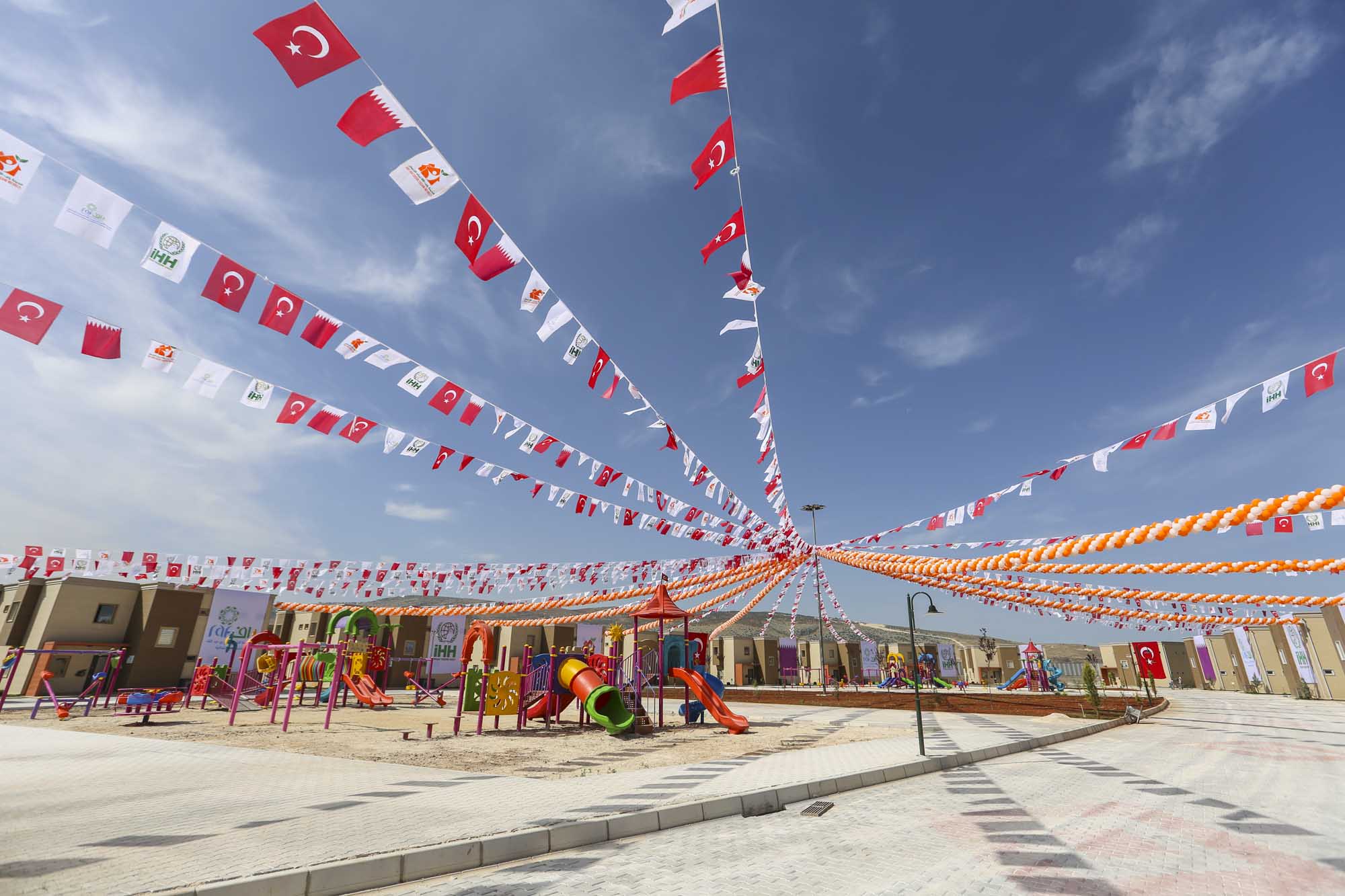
- Reyhanlı Children Education Complex
The area built for war-affected orphan children houses the world's largest children's living center. The living center, built in partnership with IHH and RAF Qatar, can accommodate 990 children left orphaned by war. Established on approximately 100 acres of land, the center provides orphan children with their accommodation, education, healthcare, food, and psychological support in a home-like environment. In addition to 55 houses, the center includes a school, a mosque, a health center, play areas, a therapy center, an art workshop, planting and cultivation fields, and a large green area.
Location: Türkiye/Hatay
Date of Opening: May 22, 2017
Capacity: 990
UGANDA
The Ugandan people, who have no regular sources of income, need social, economic and educational development programs. People live in overcrowded small houses. The condition of health centers and schools in the region is also below standard.
Due to poverty, unhealthy living conditions and AIDS, thousands of children are orphaned in Uganda every year. In Uganda, where IHH has been a relief organization for many years, IHH focuses particularly on activities for orphans. In this context, IHH has opened the Ferhan Orphanage and enrolled many orphans in the orphan sponsorship system.
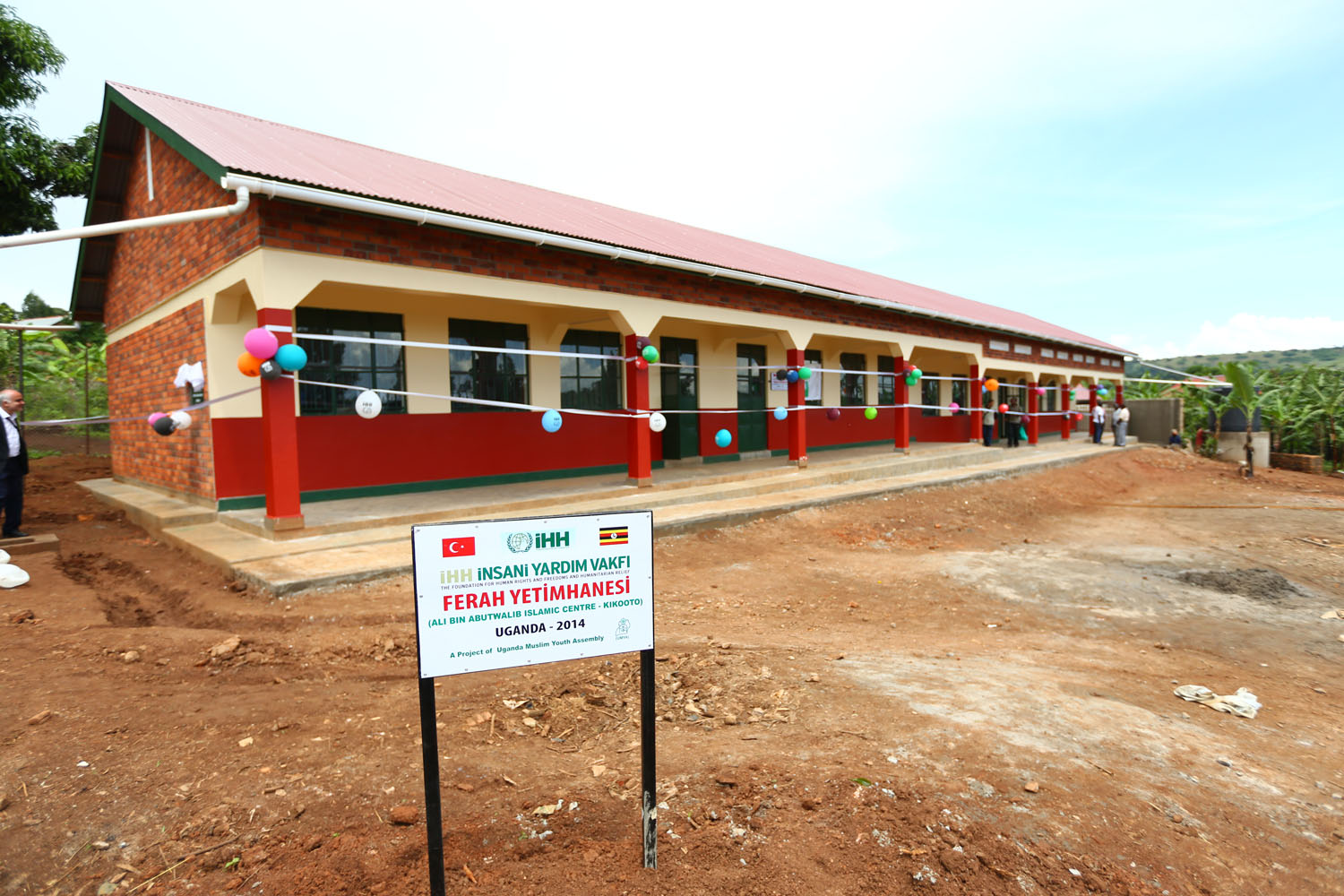
- Ferah Orphanage
The orphanage has dormitories, a dining hall and an administration room, as well as a school and social facilities. The orphanage for girls provides services to meet their shelter needs as well as their education, food, health, clothing and social needs.
Location: Uganda/Kampala
Date of Opening April 1, 2015
Number of Hosted Children: 60
SIERRA LEONE

- İsmail's Guest Education Center
Location: Sierra Leone/Freetown
Date of Opening:August 2018
Number of Hosted Children 120